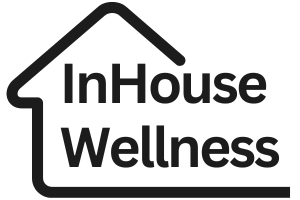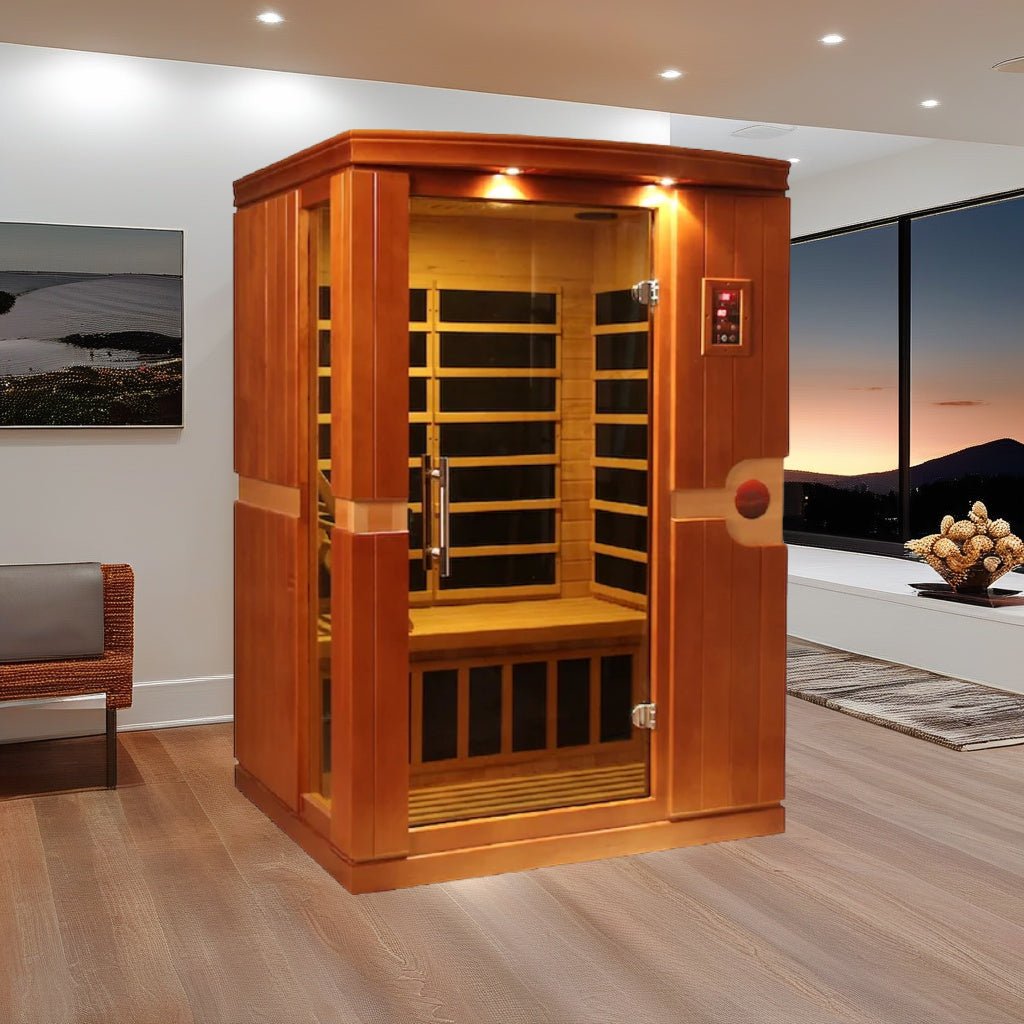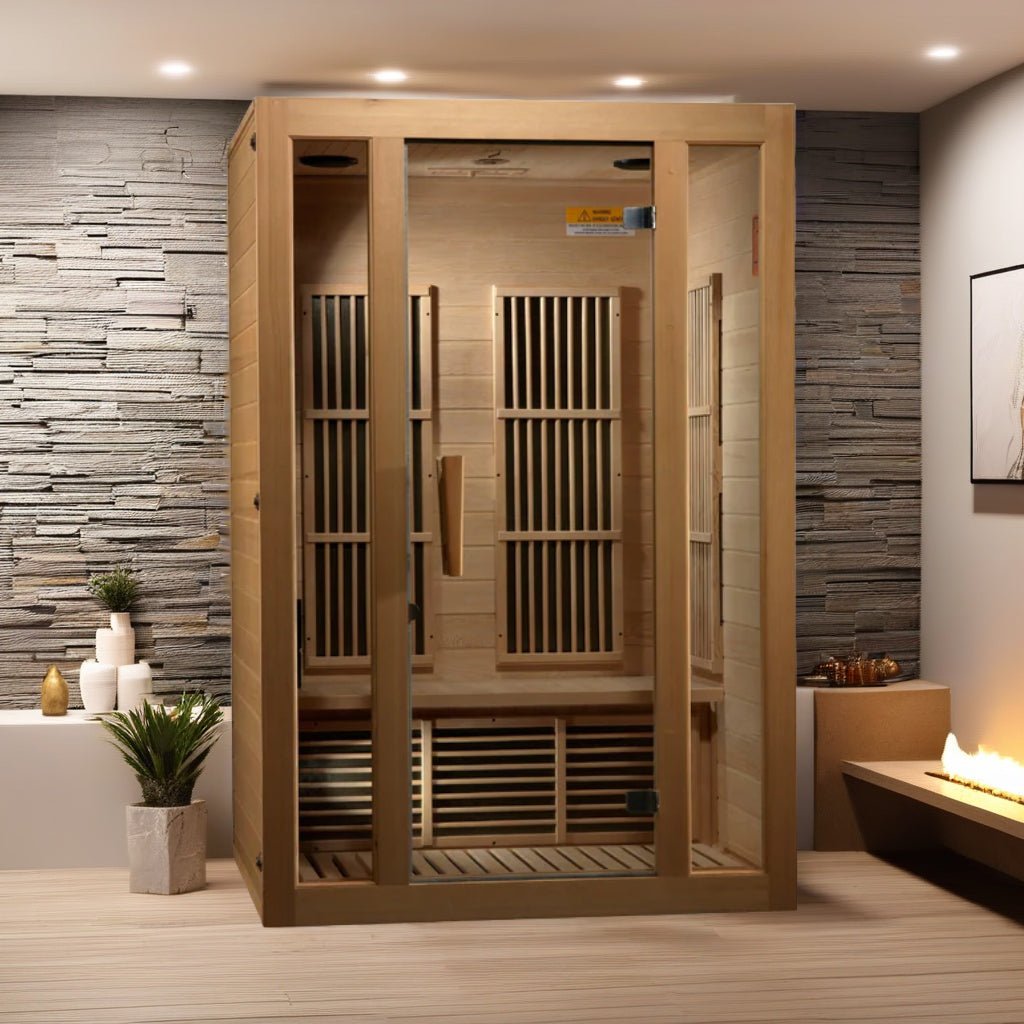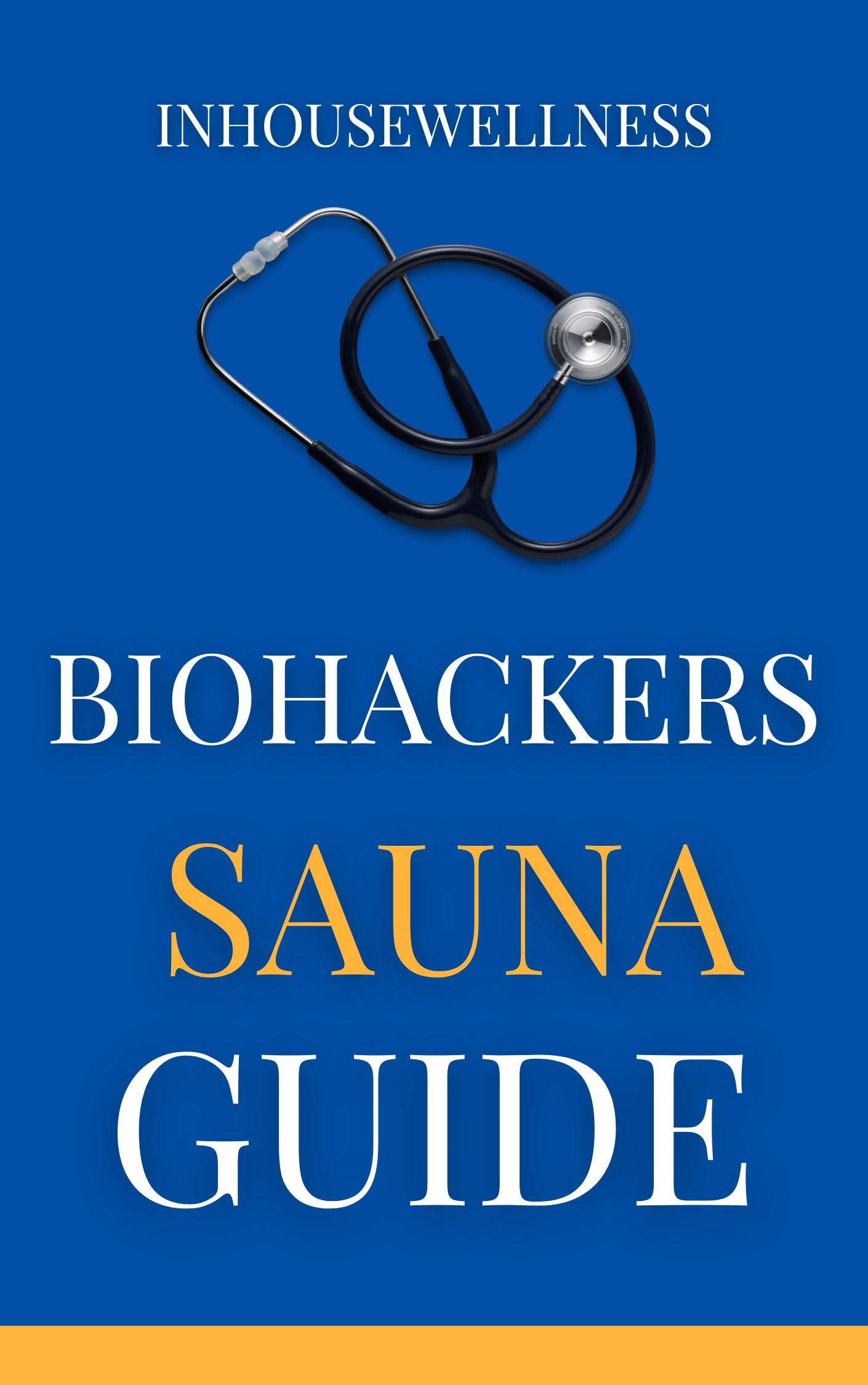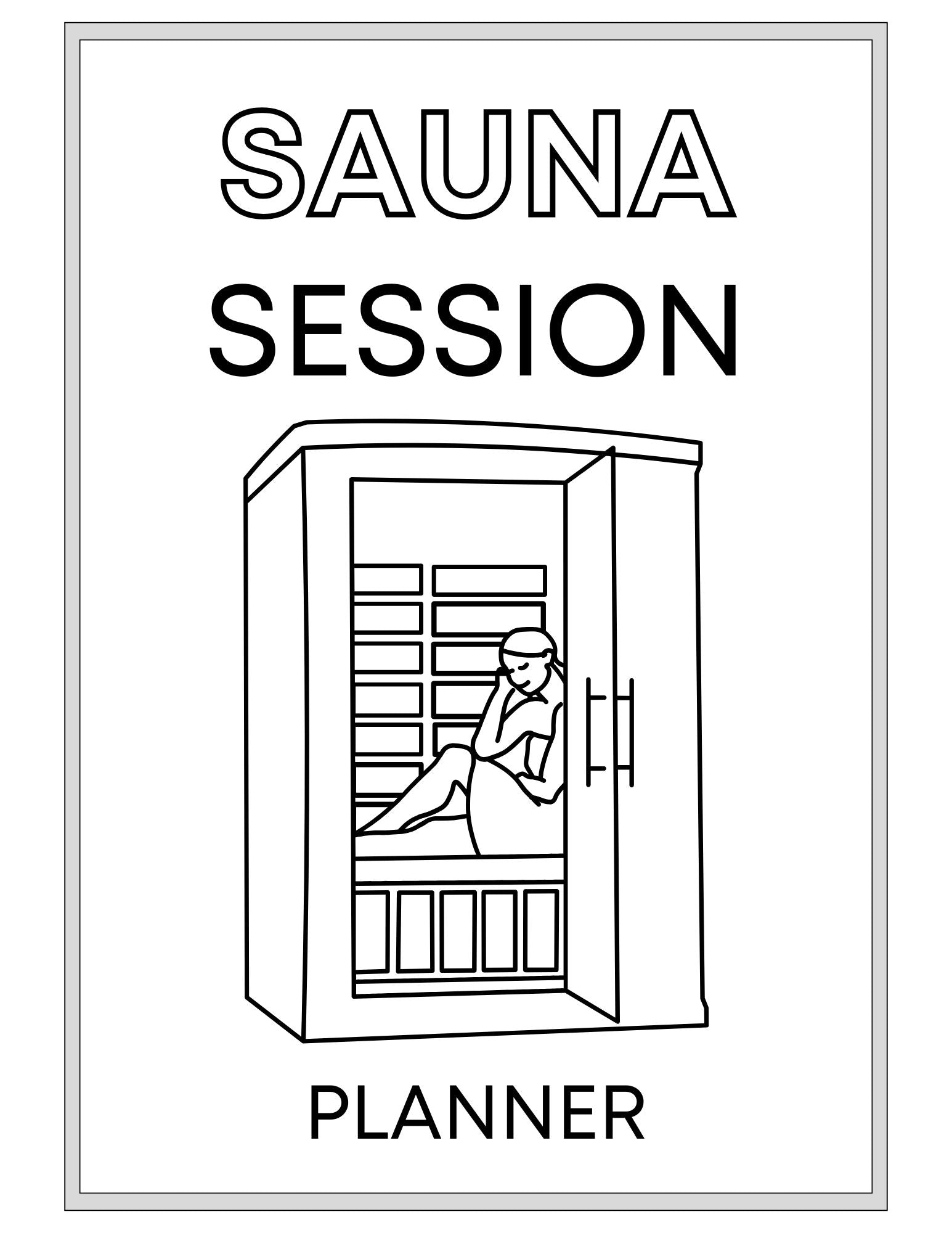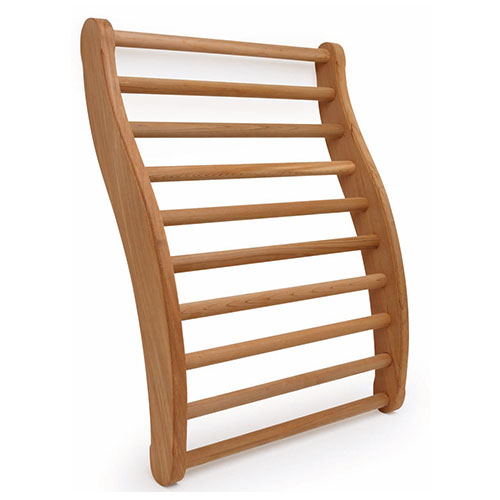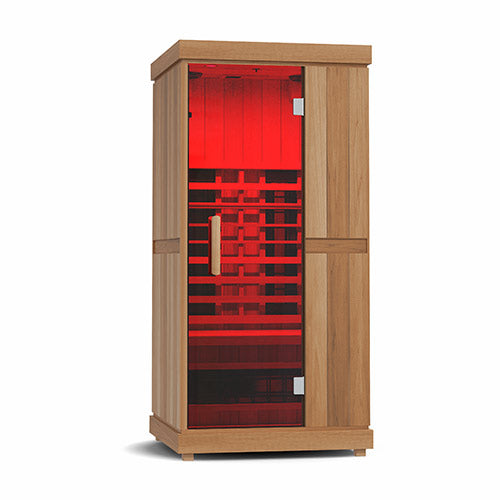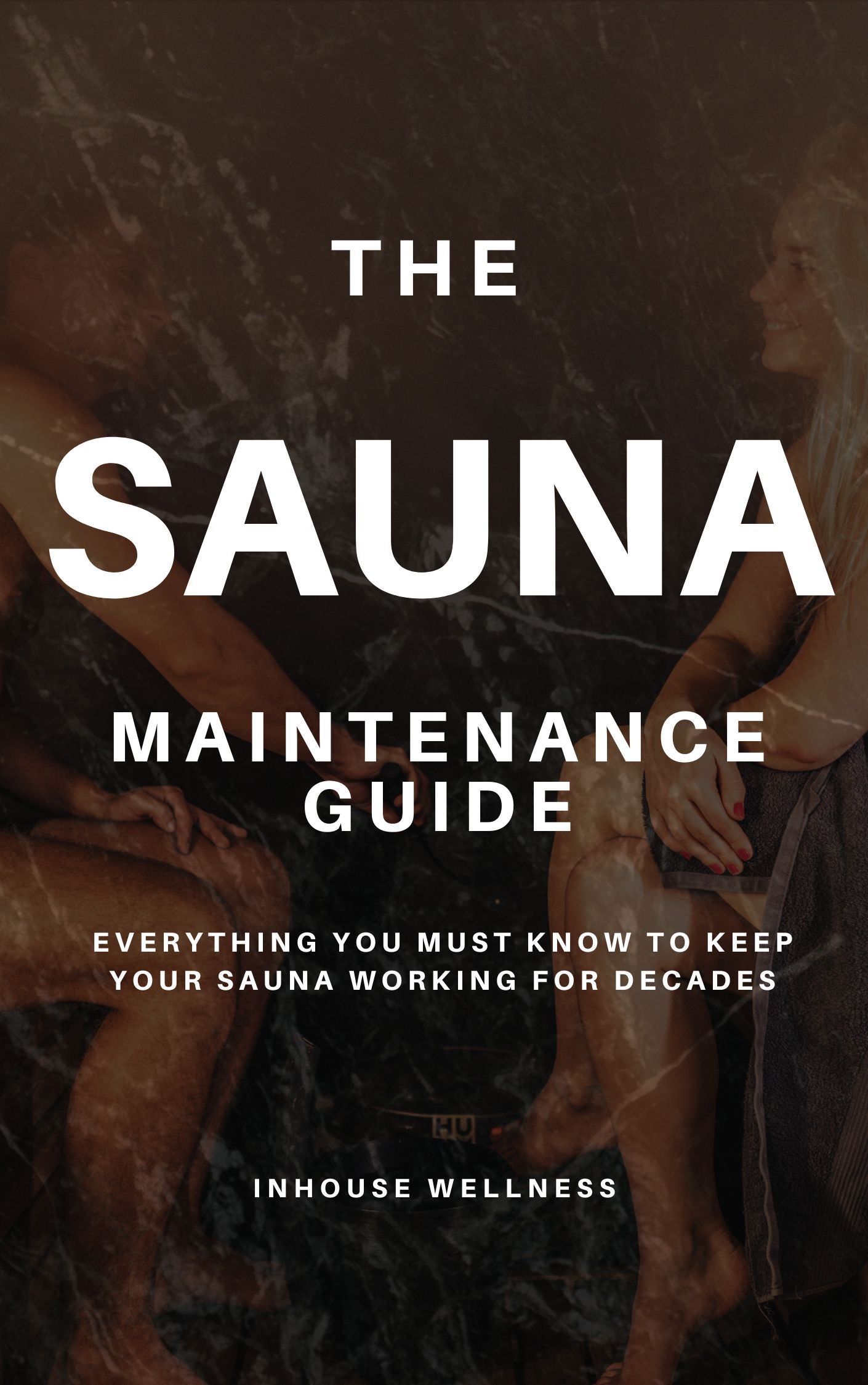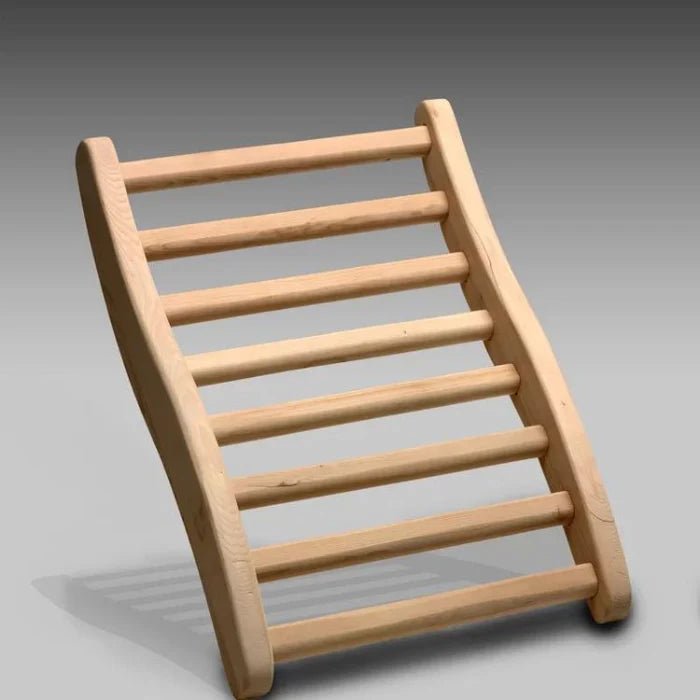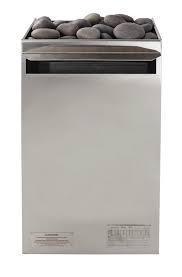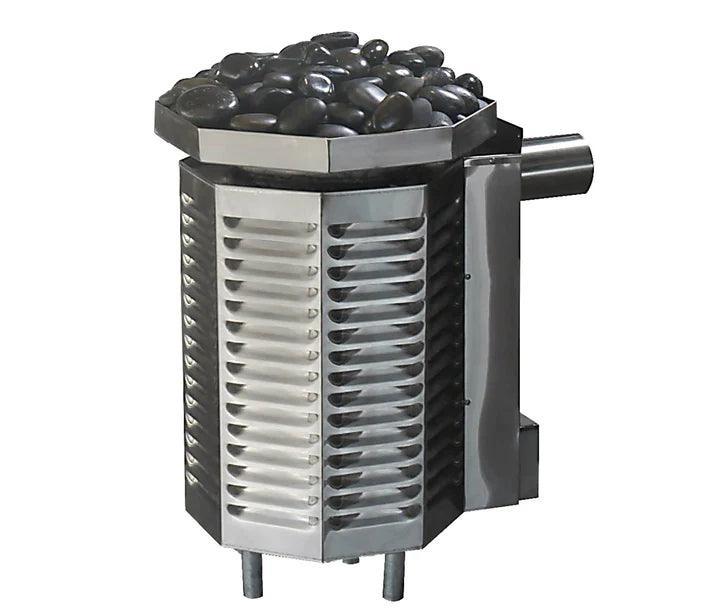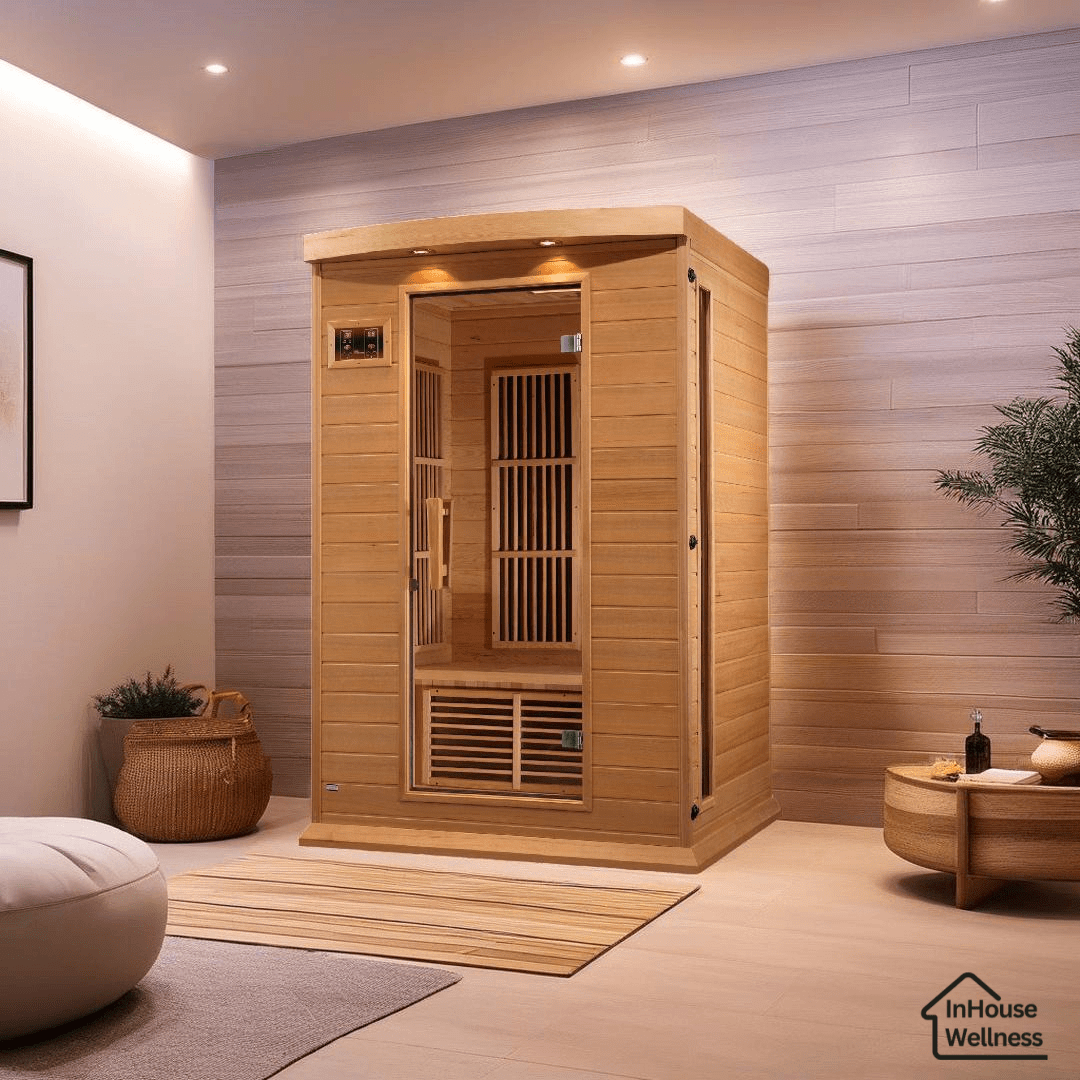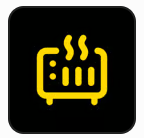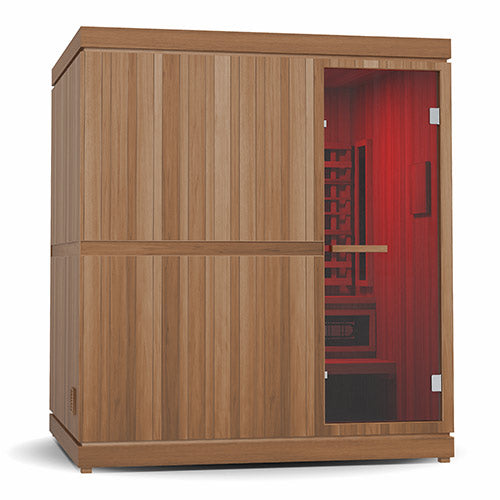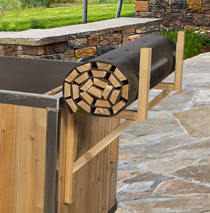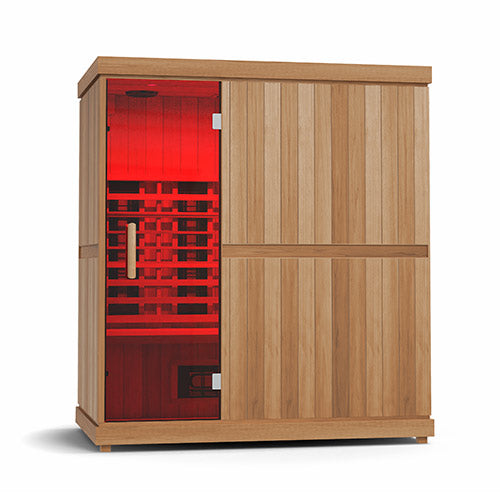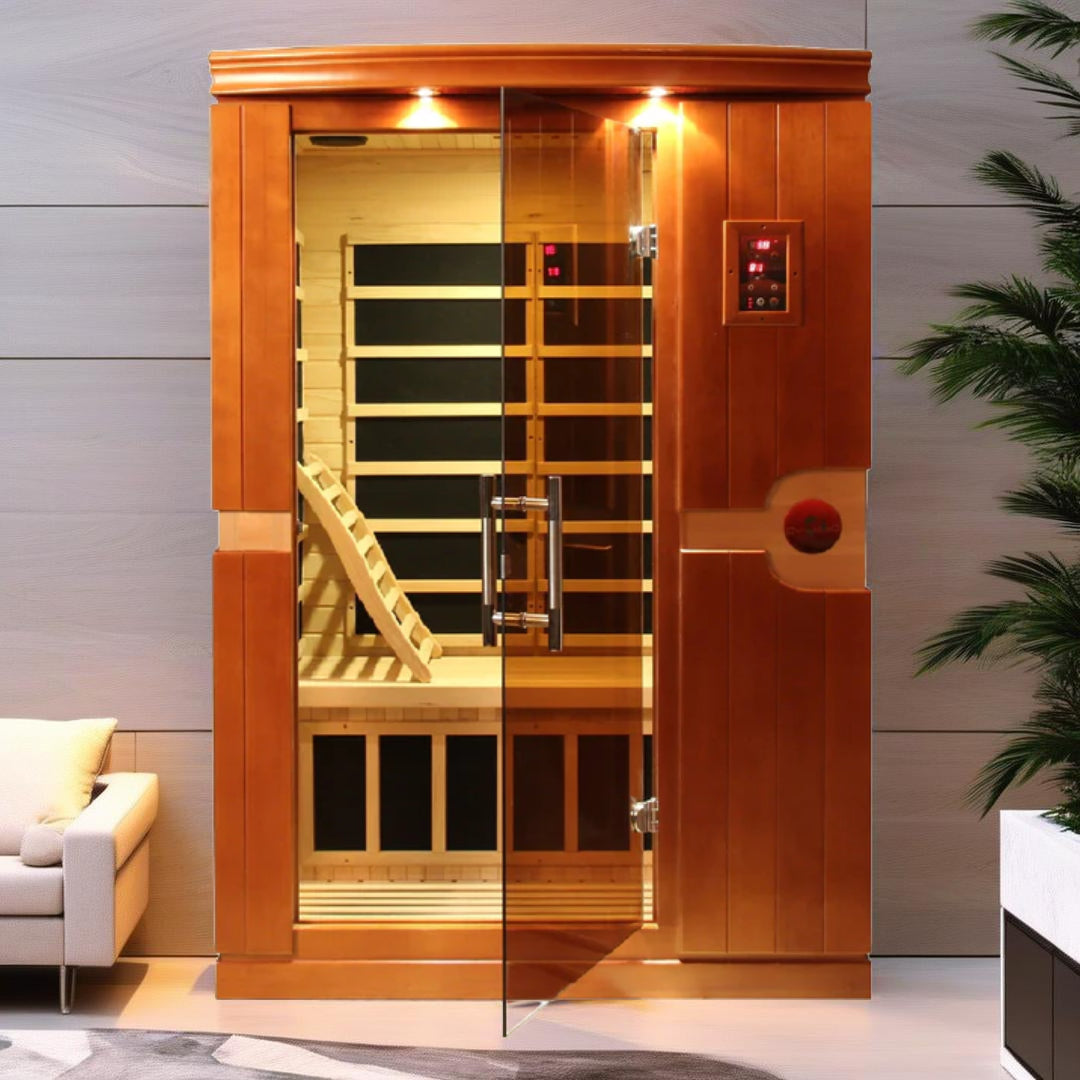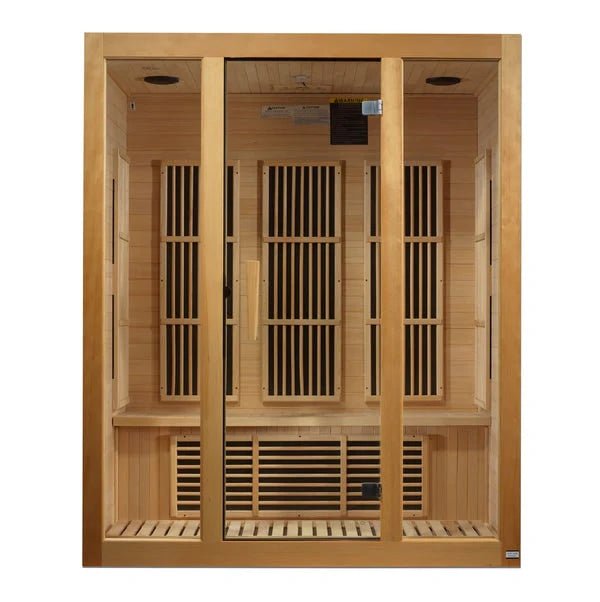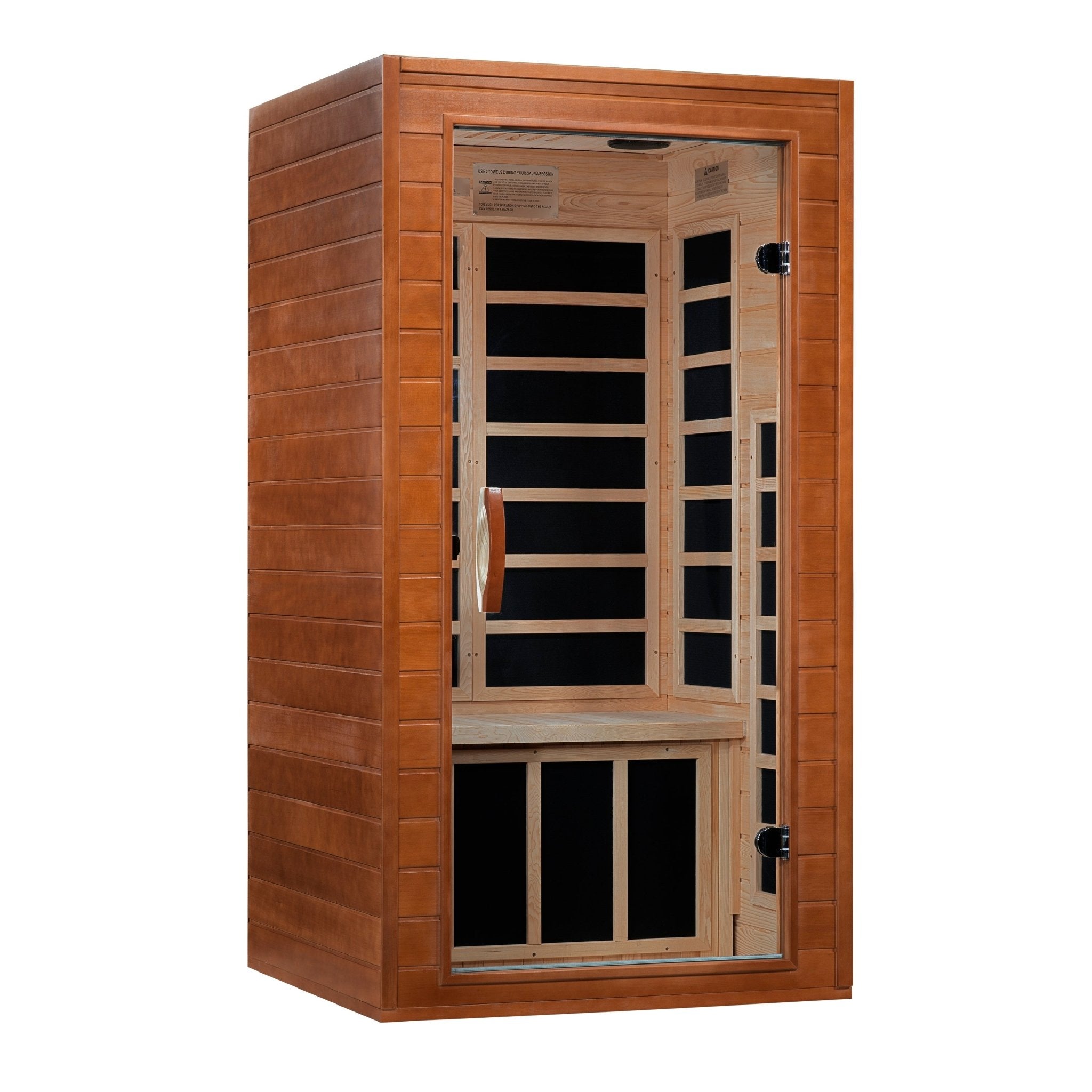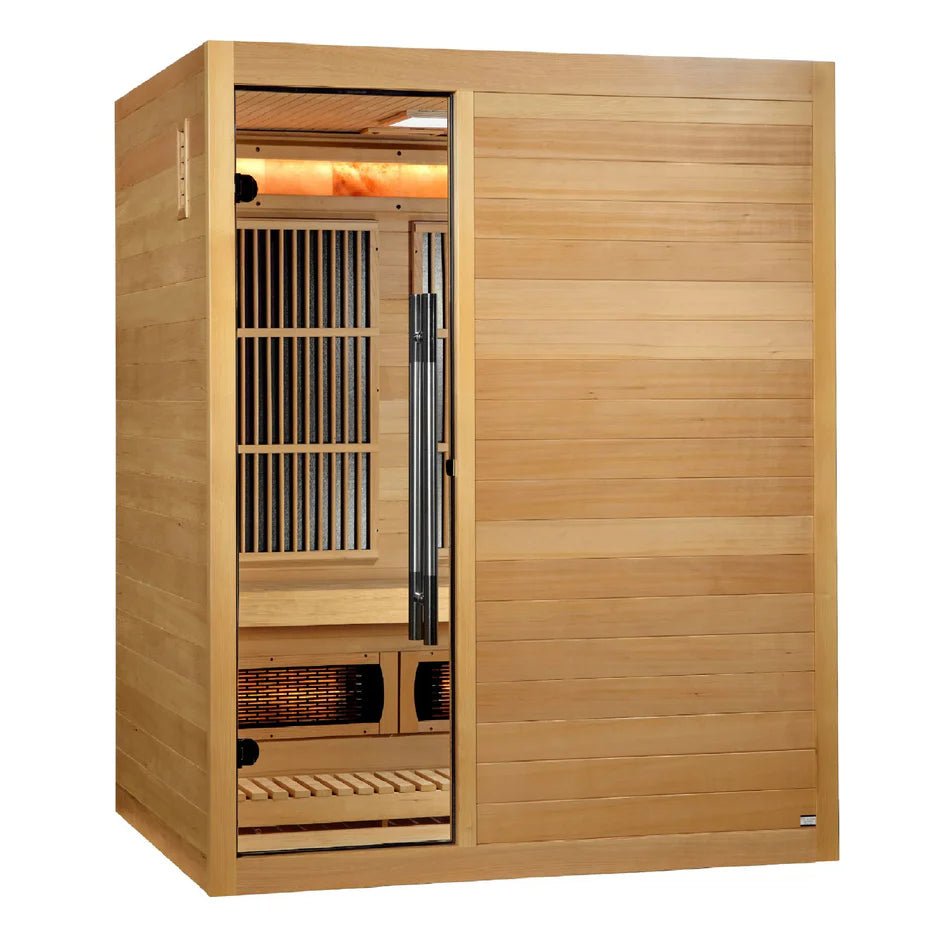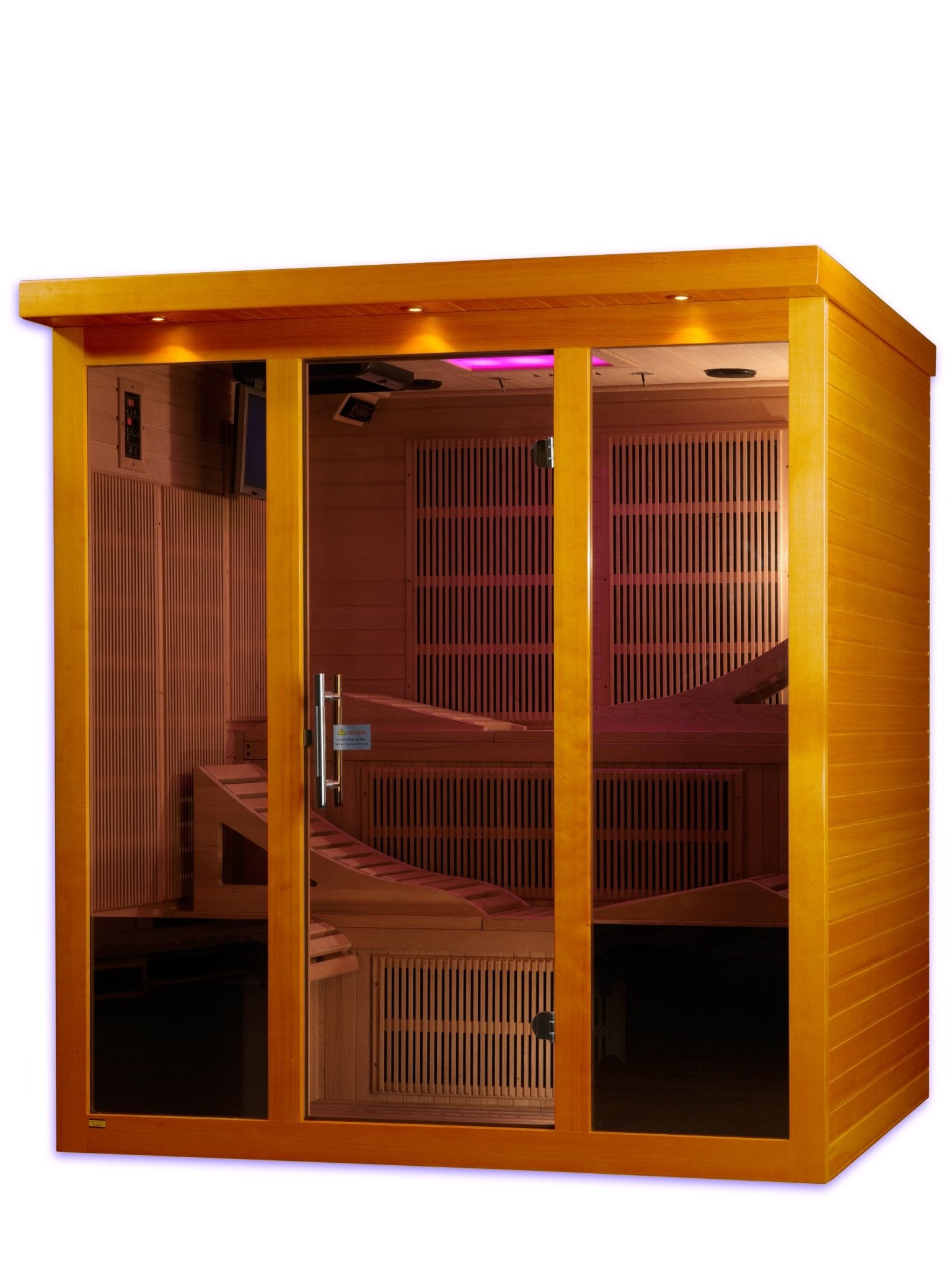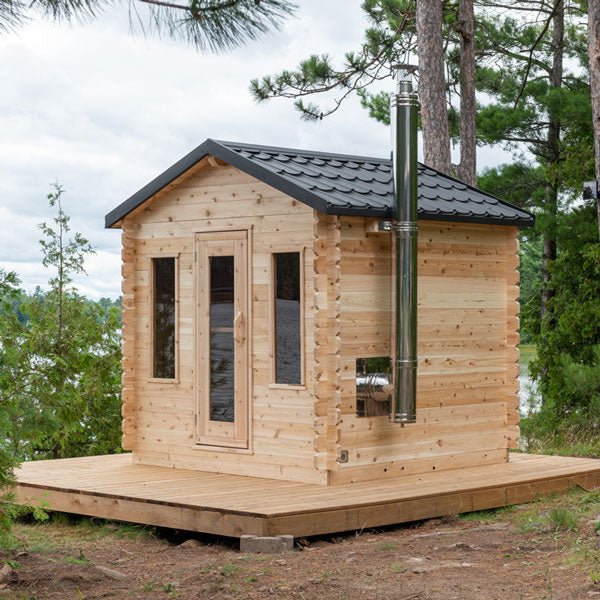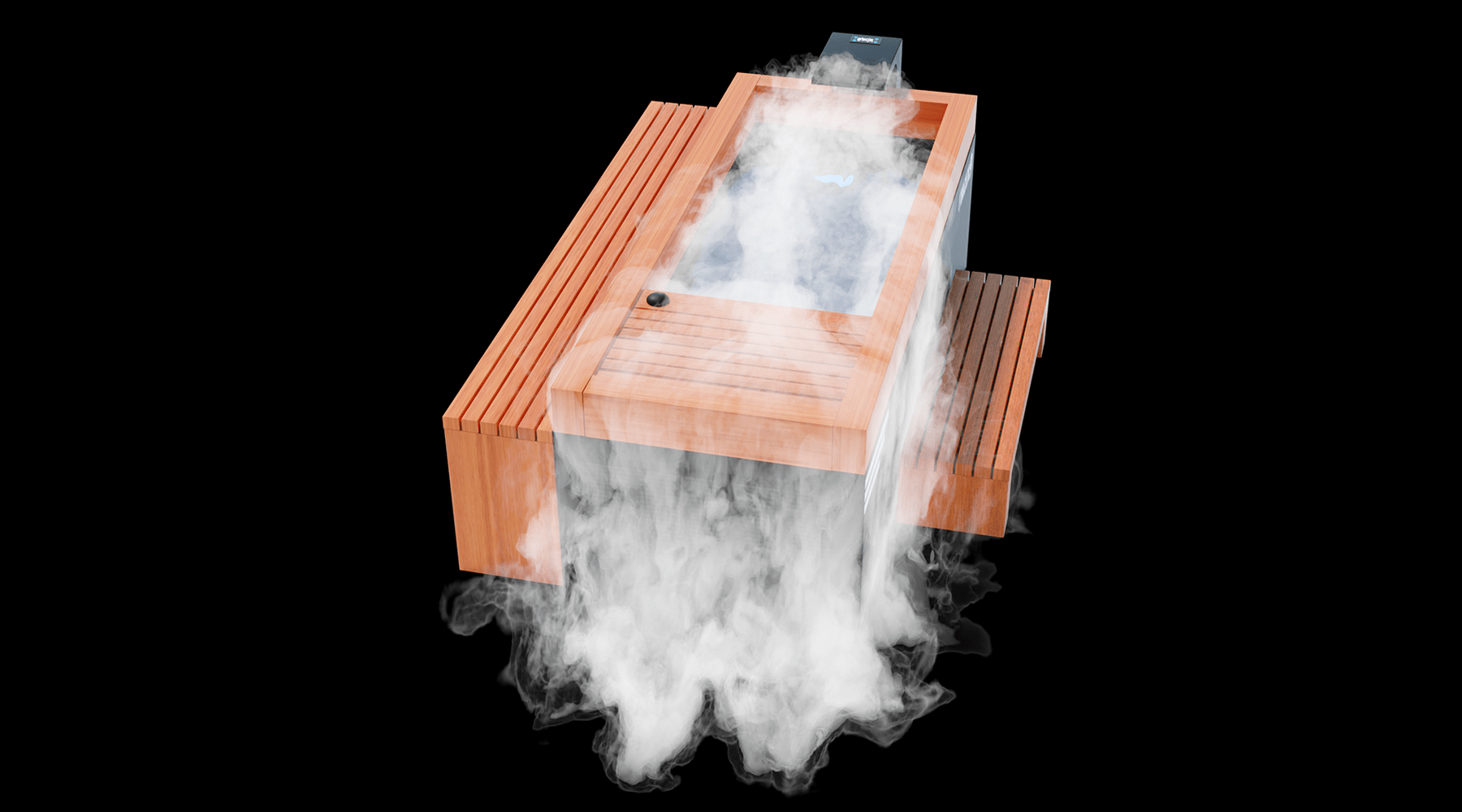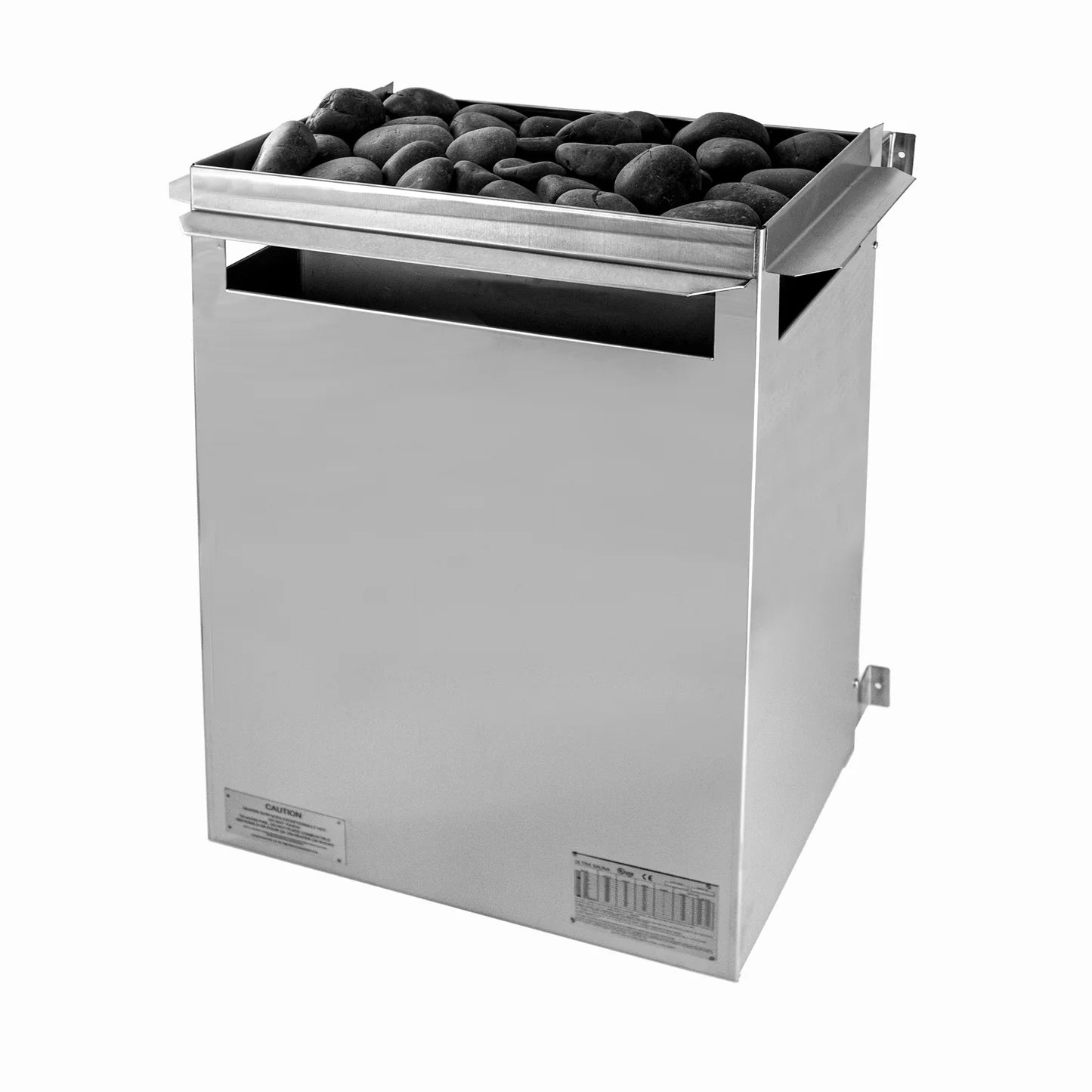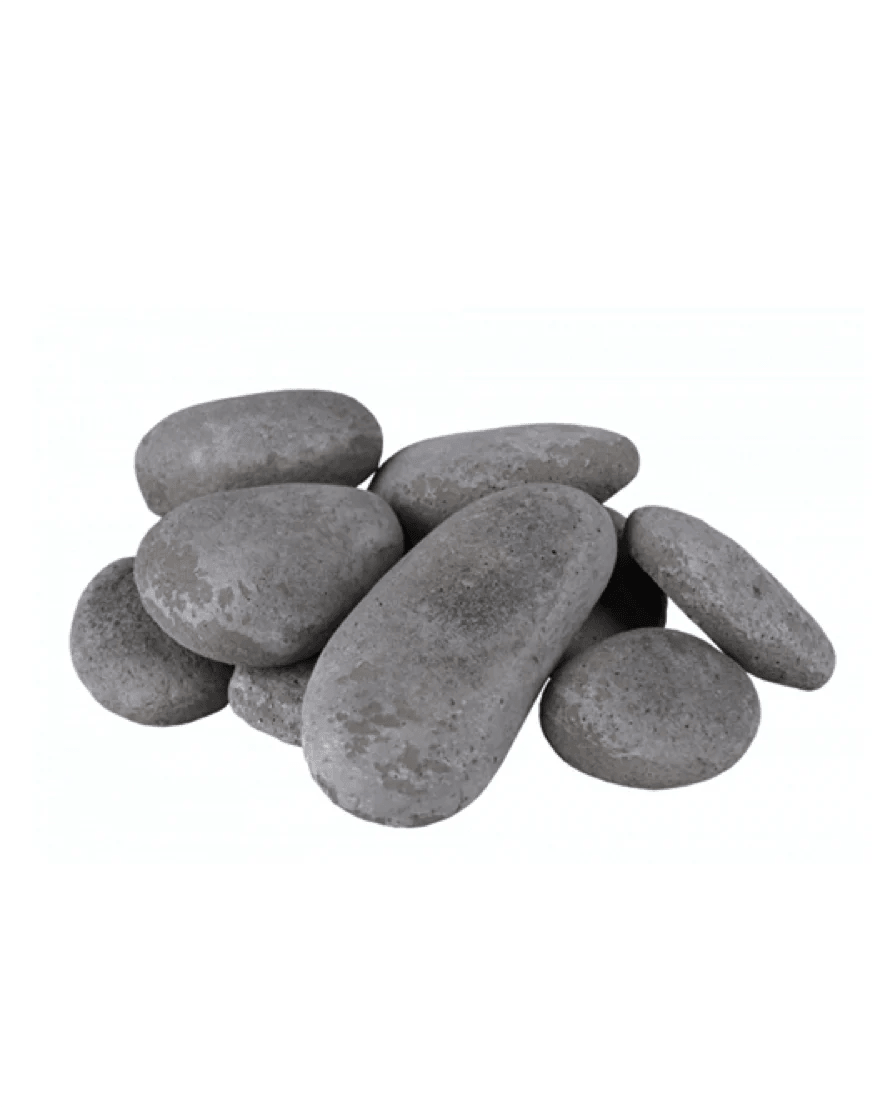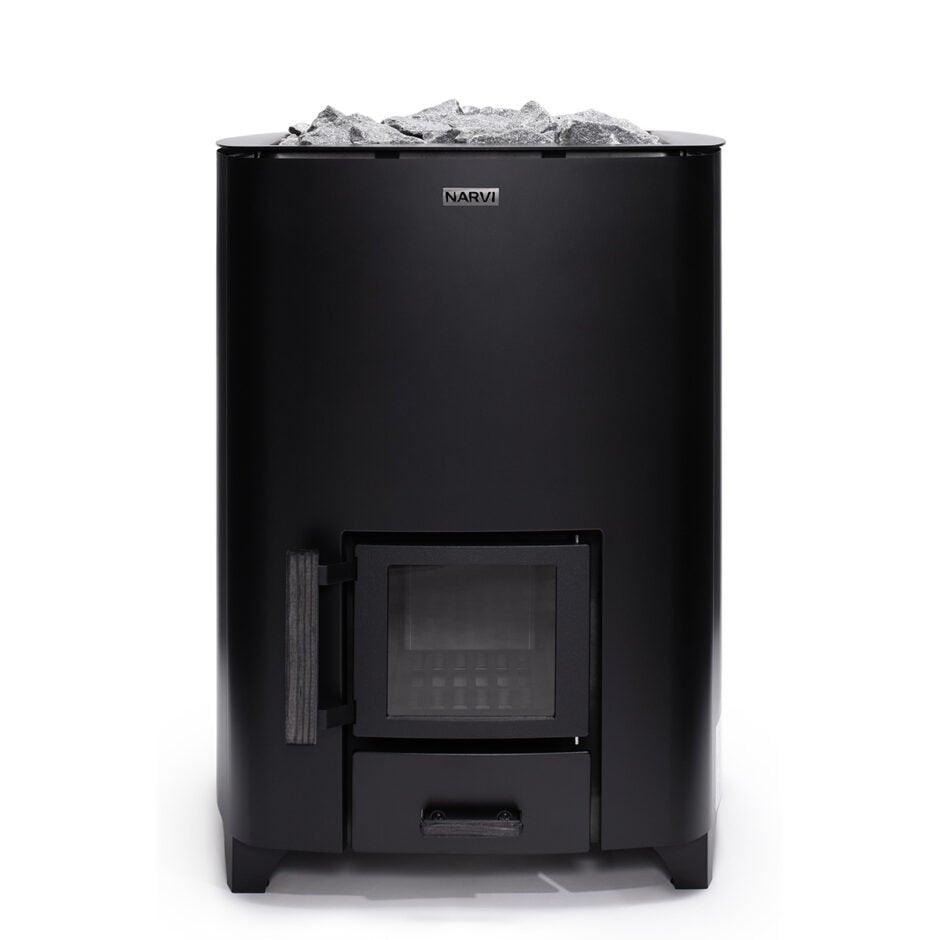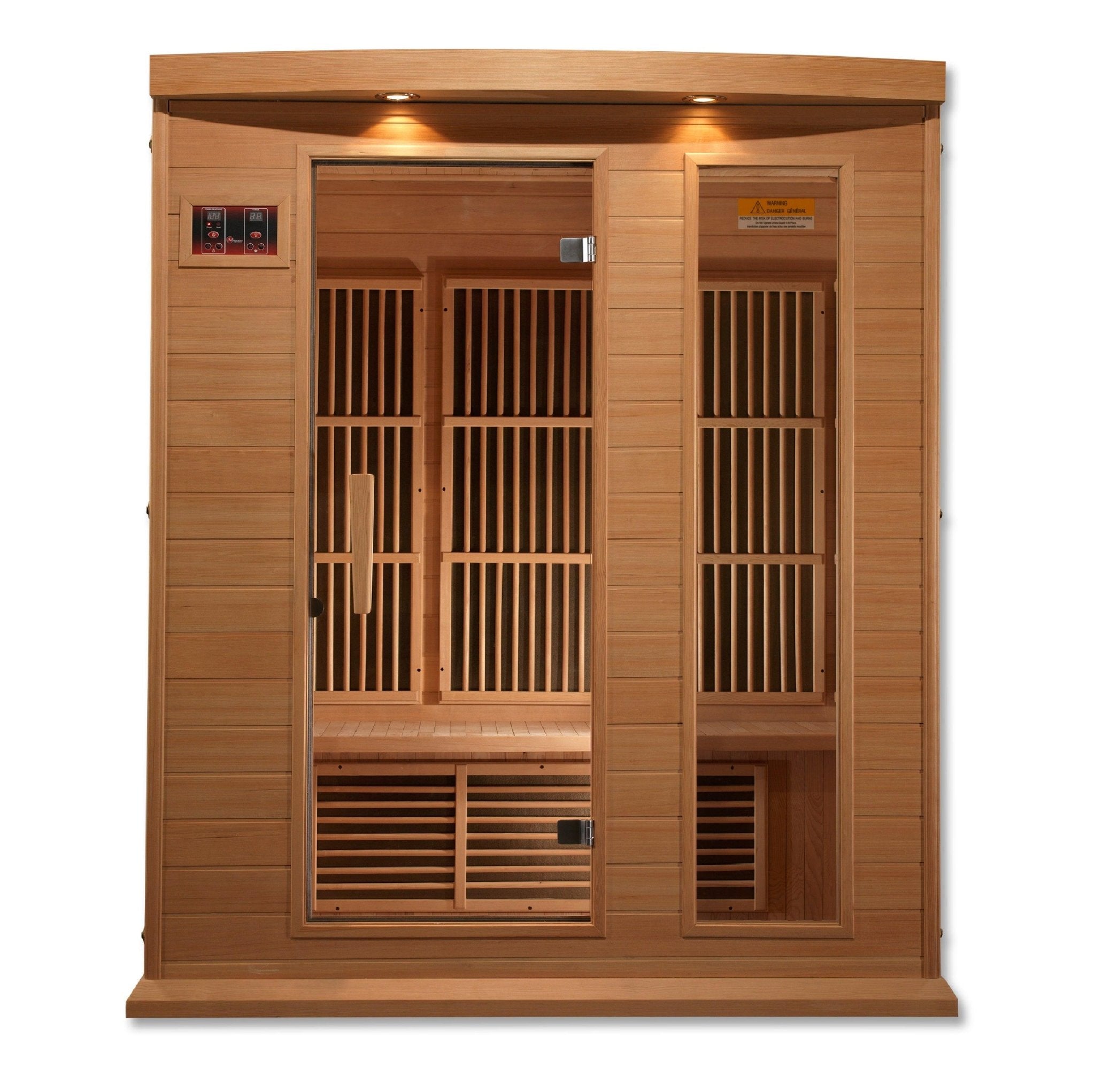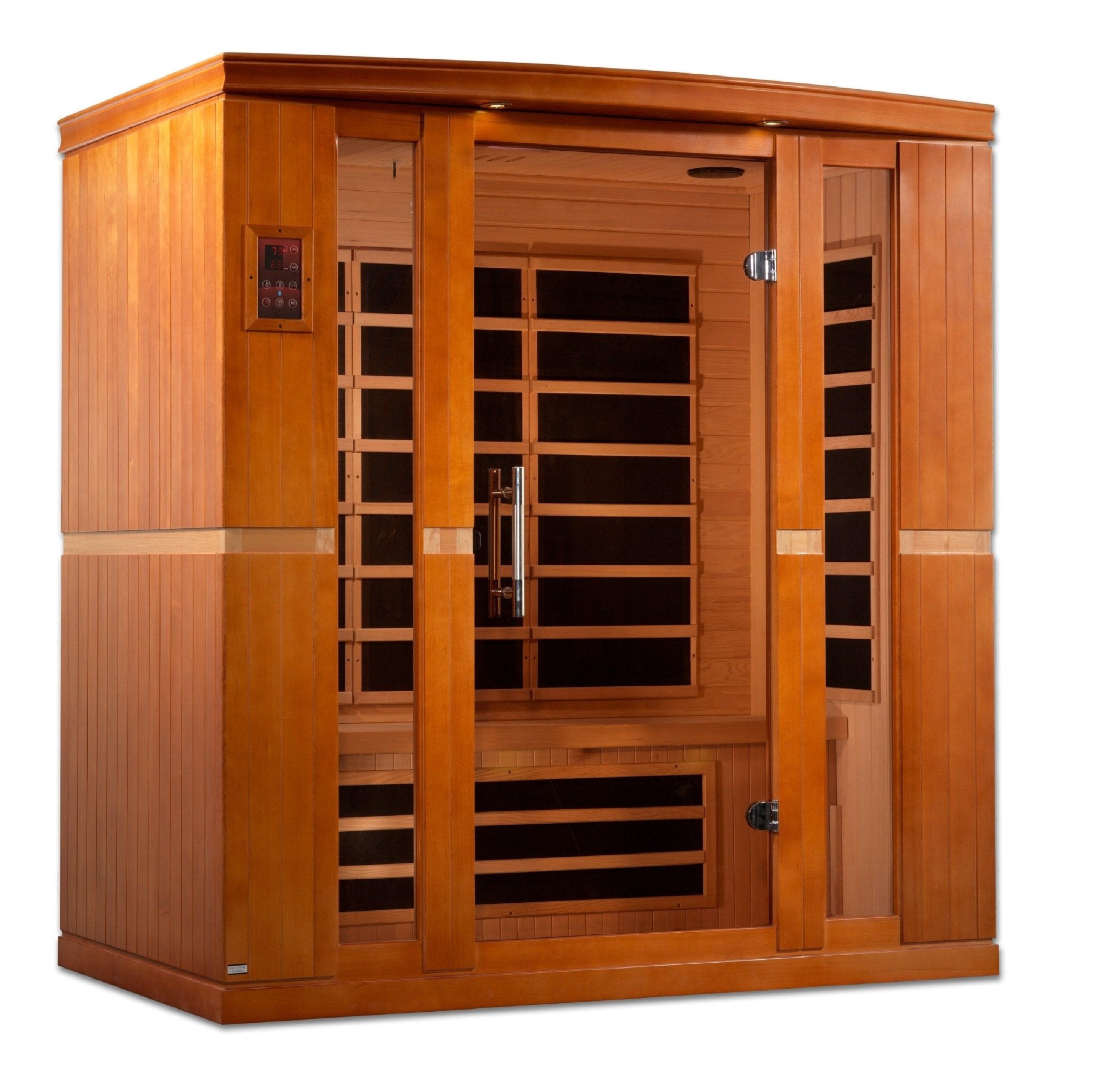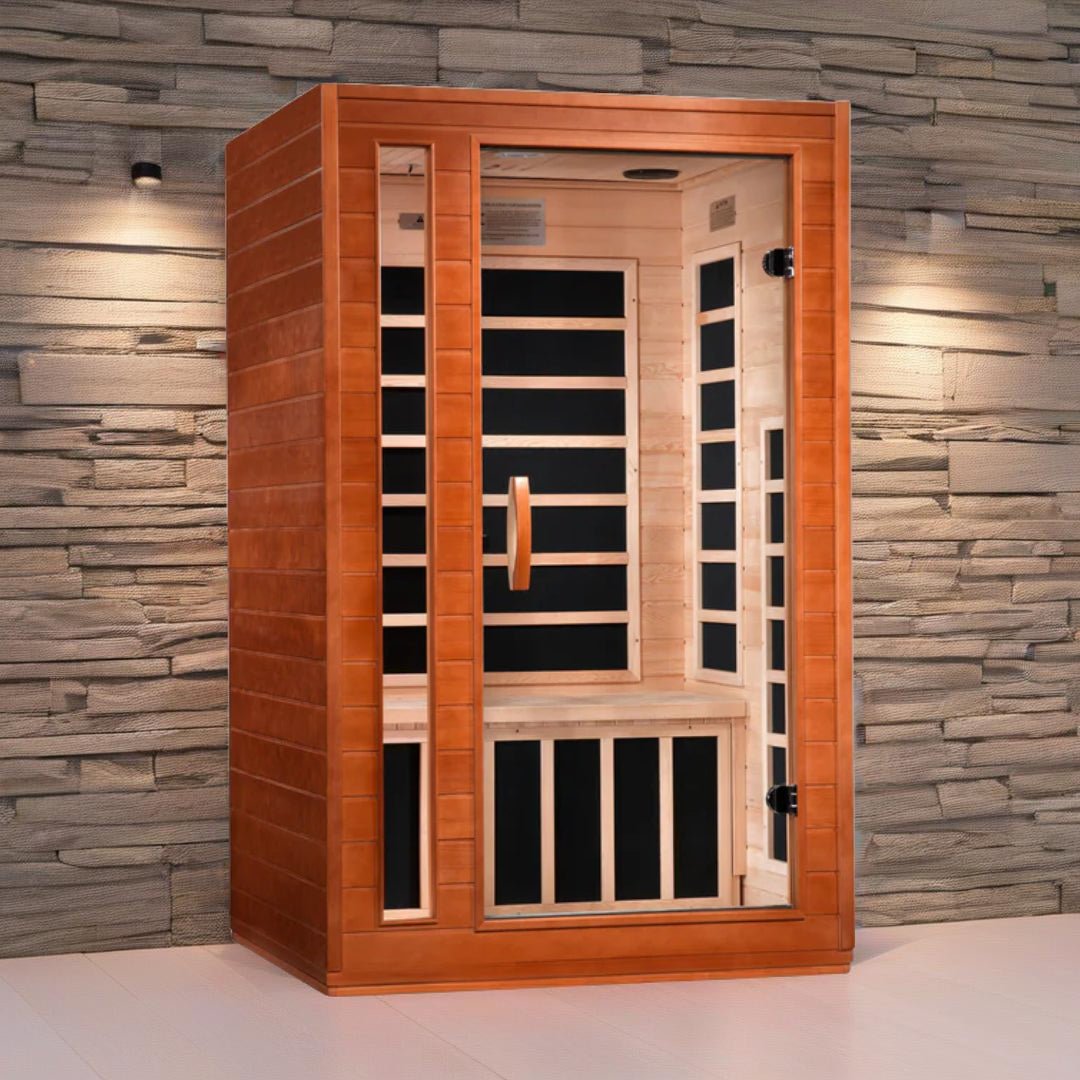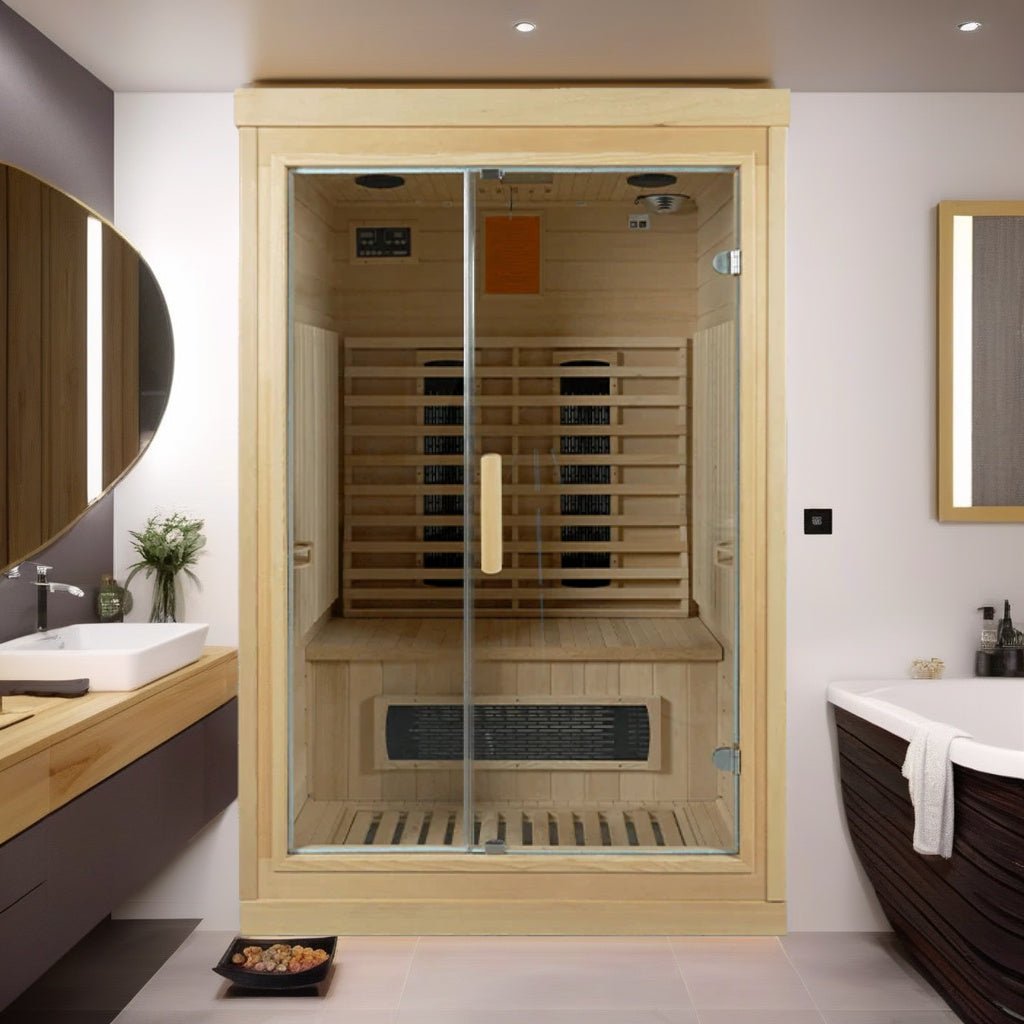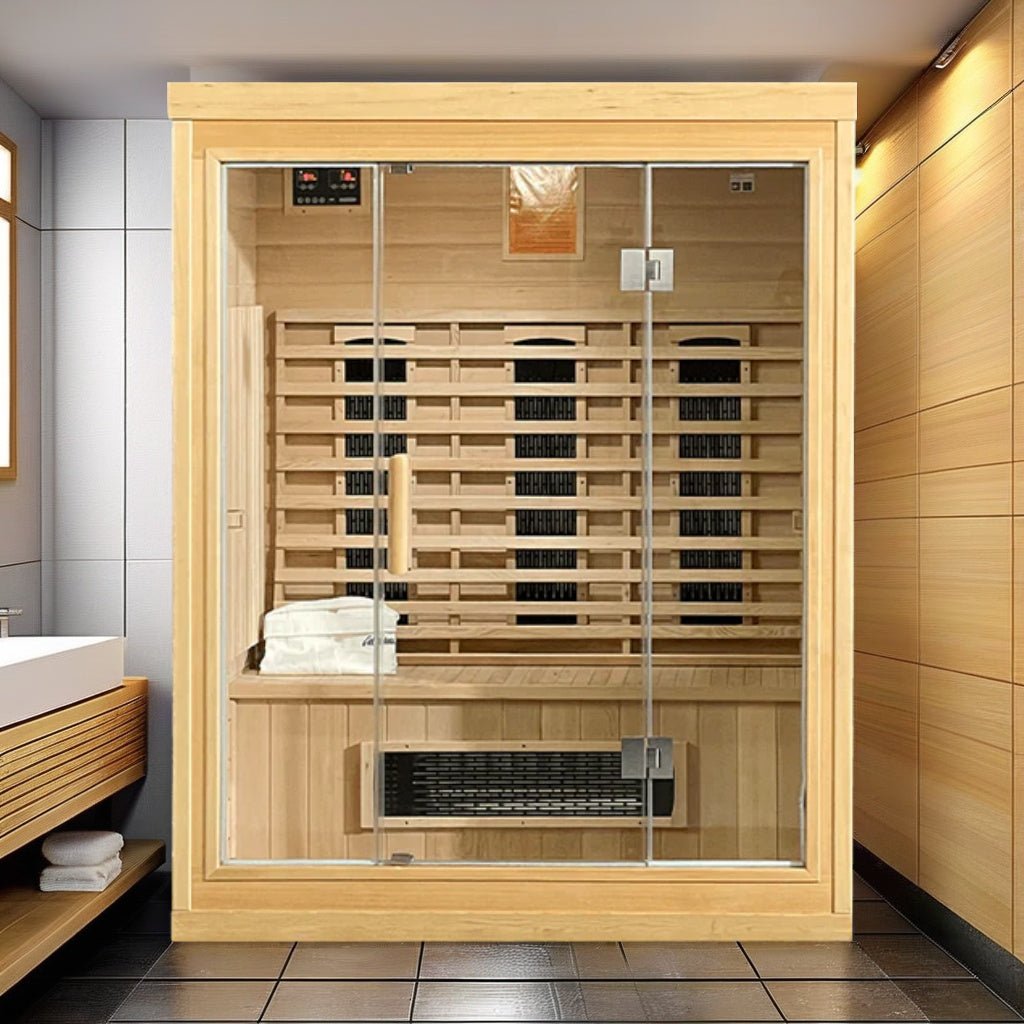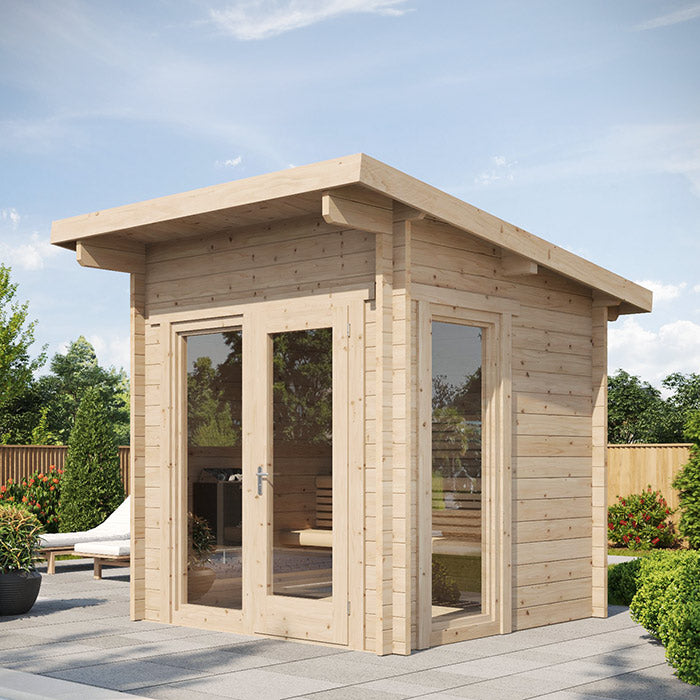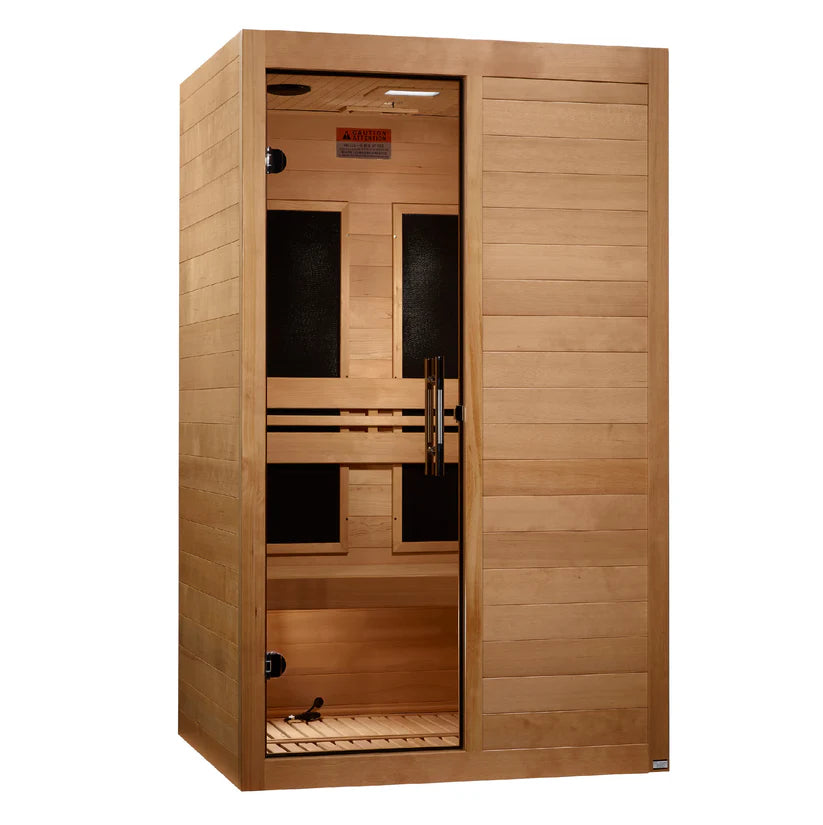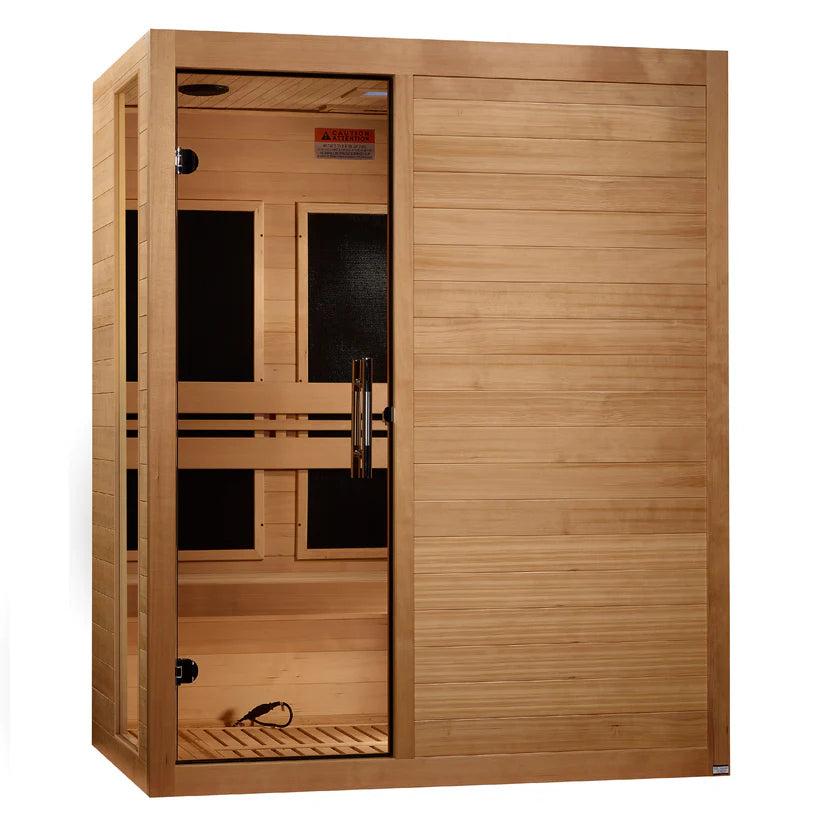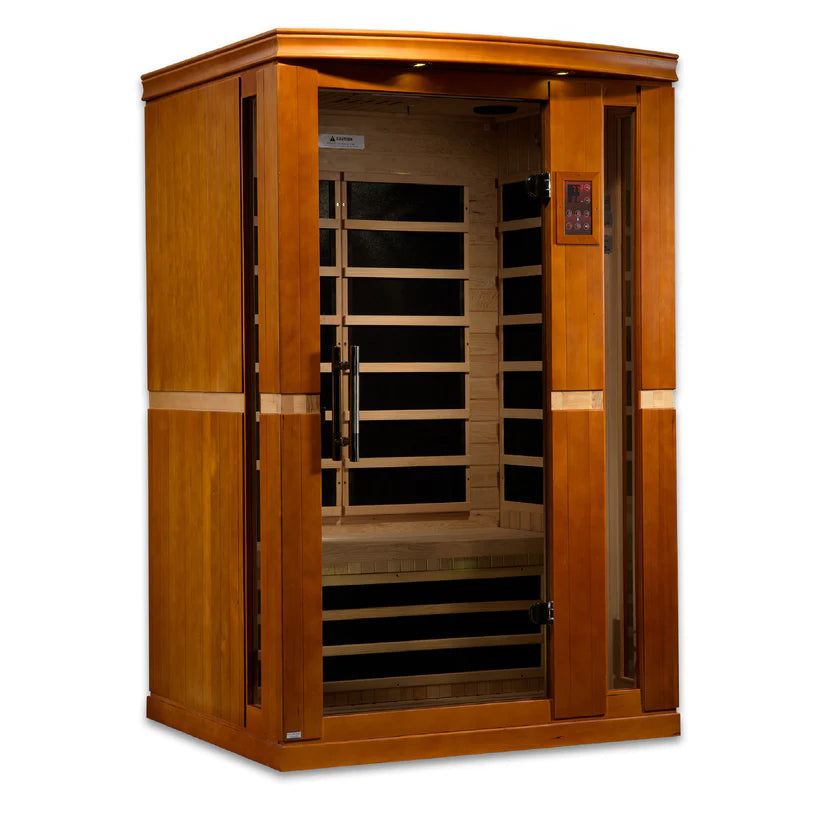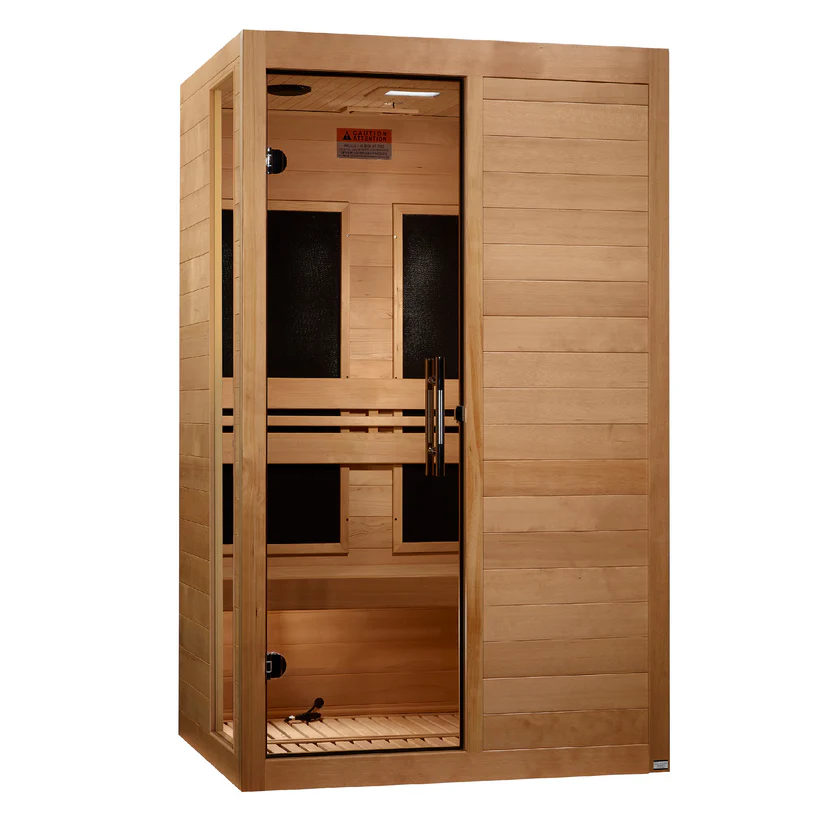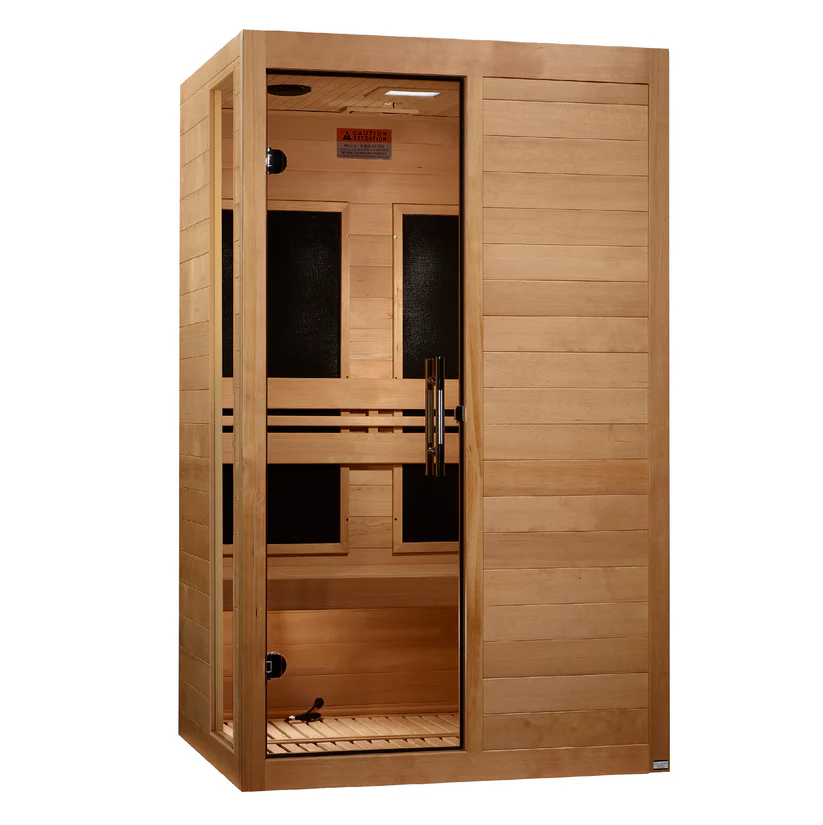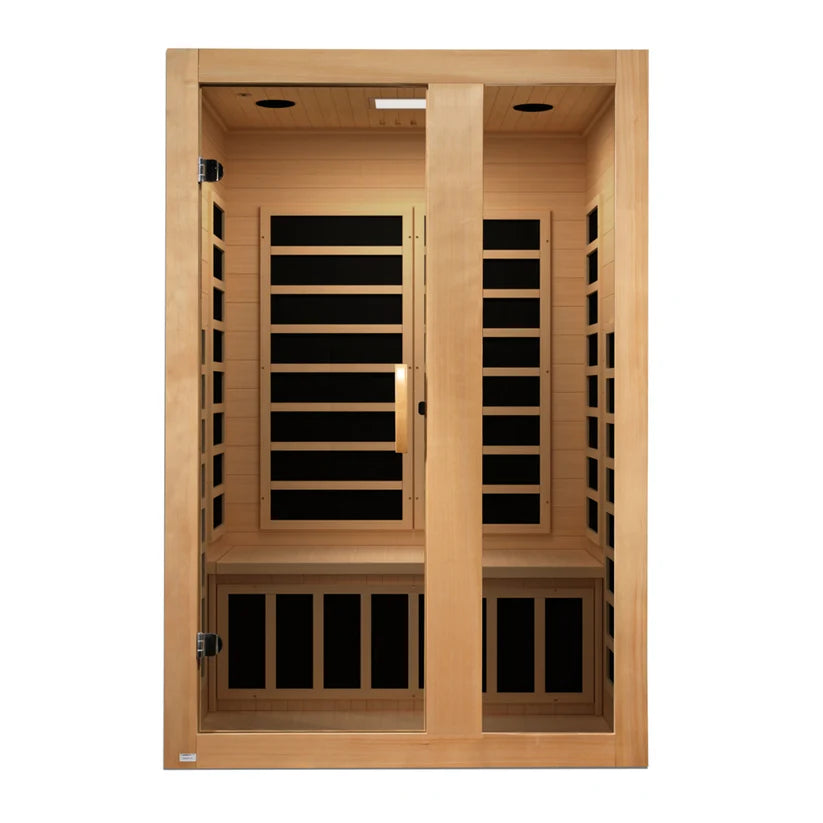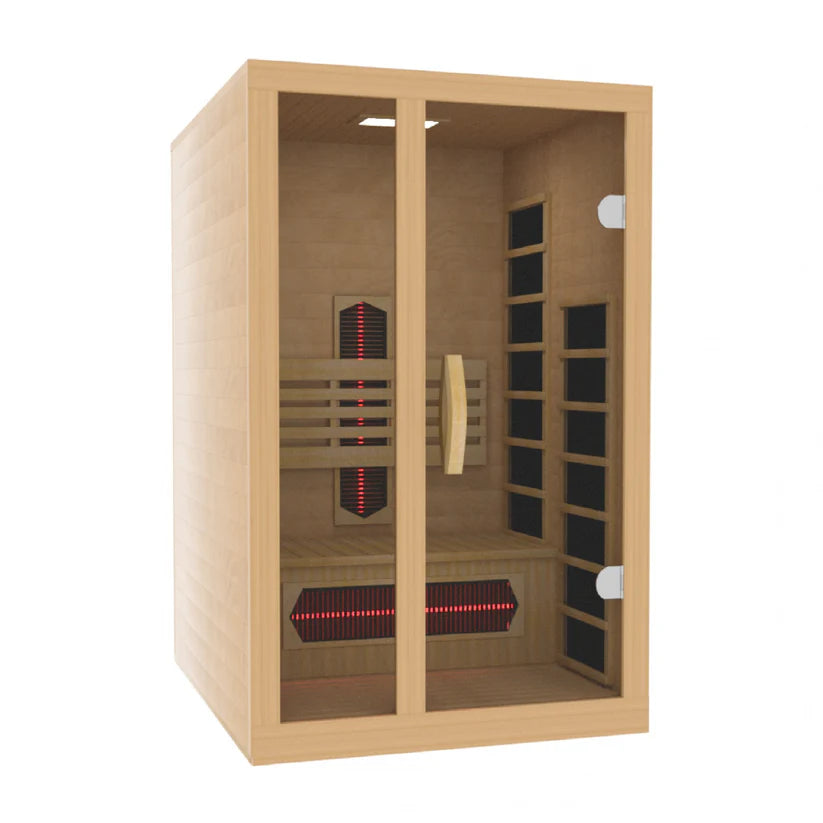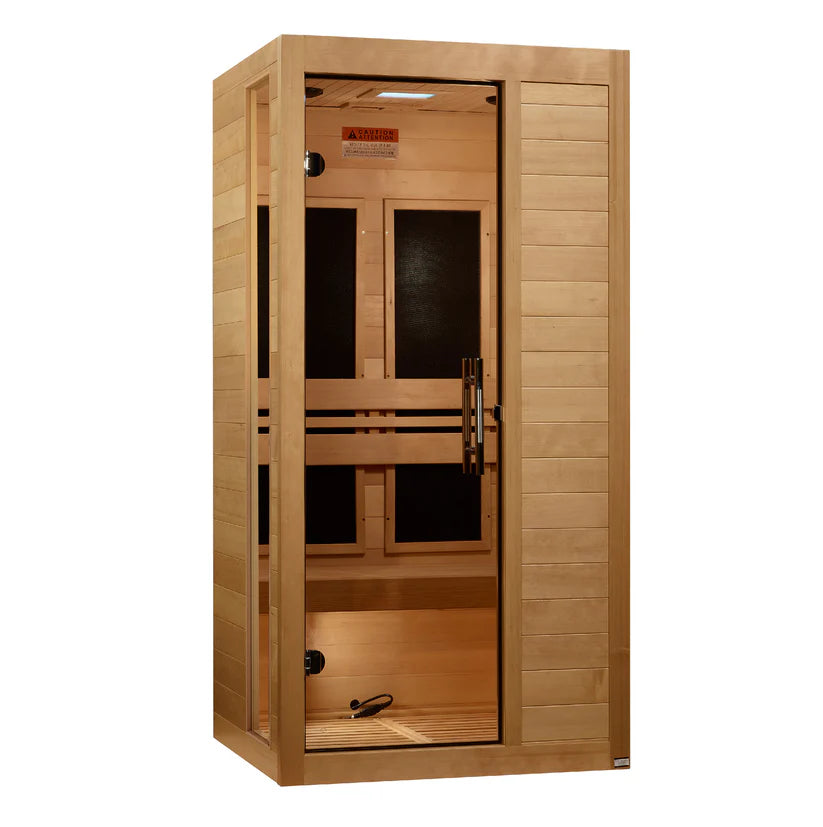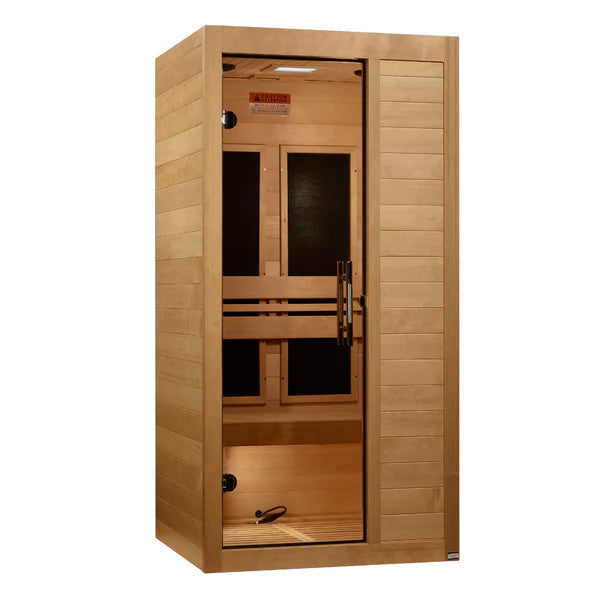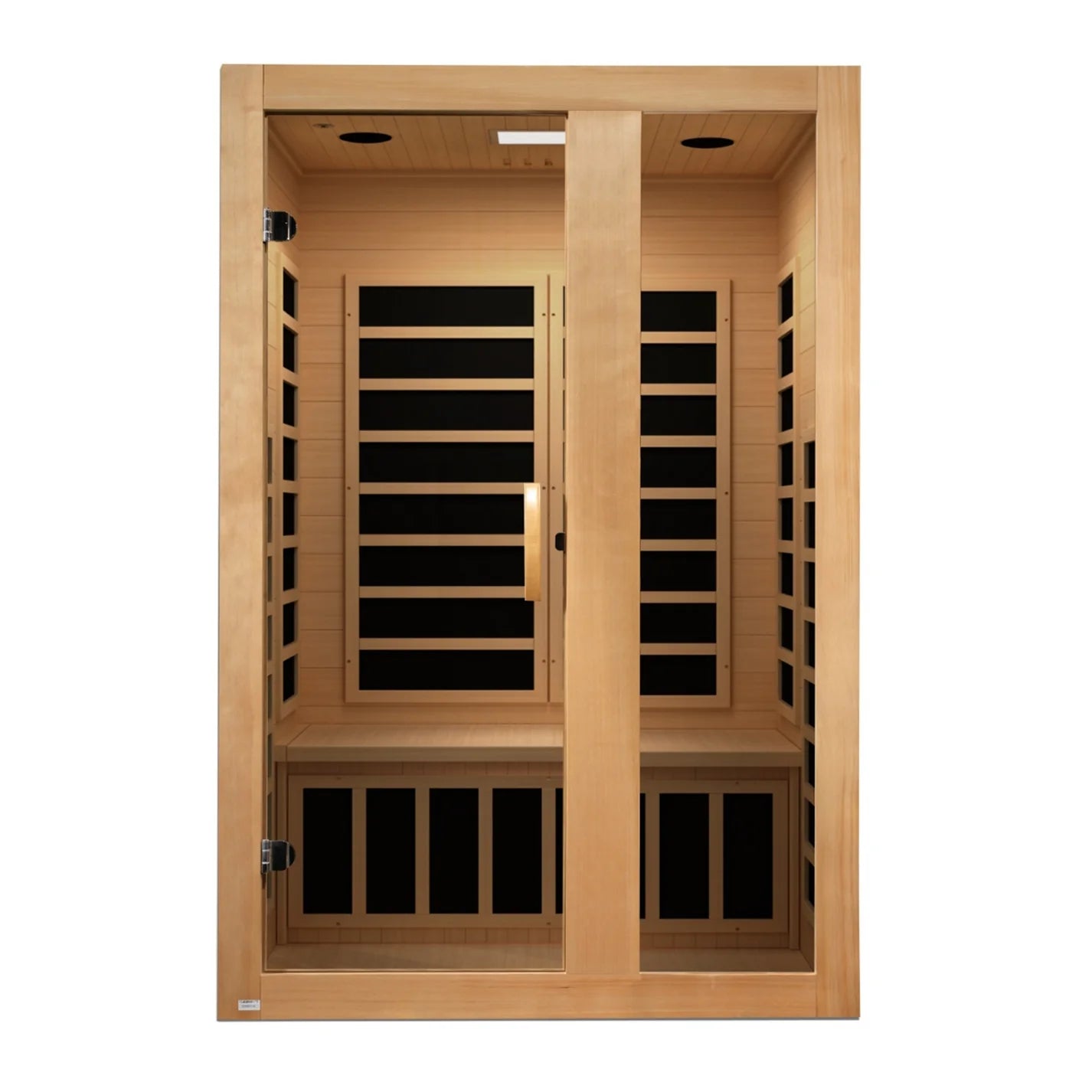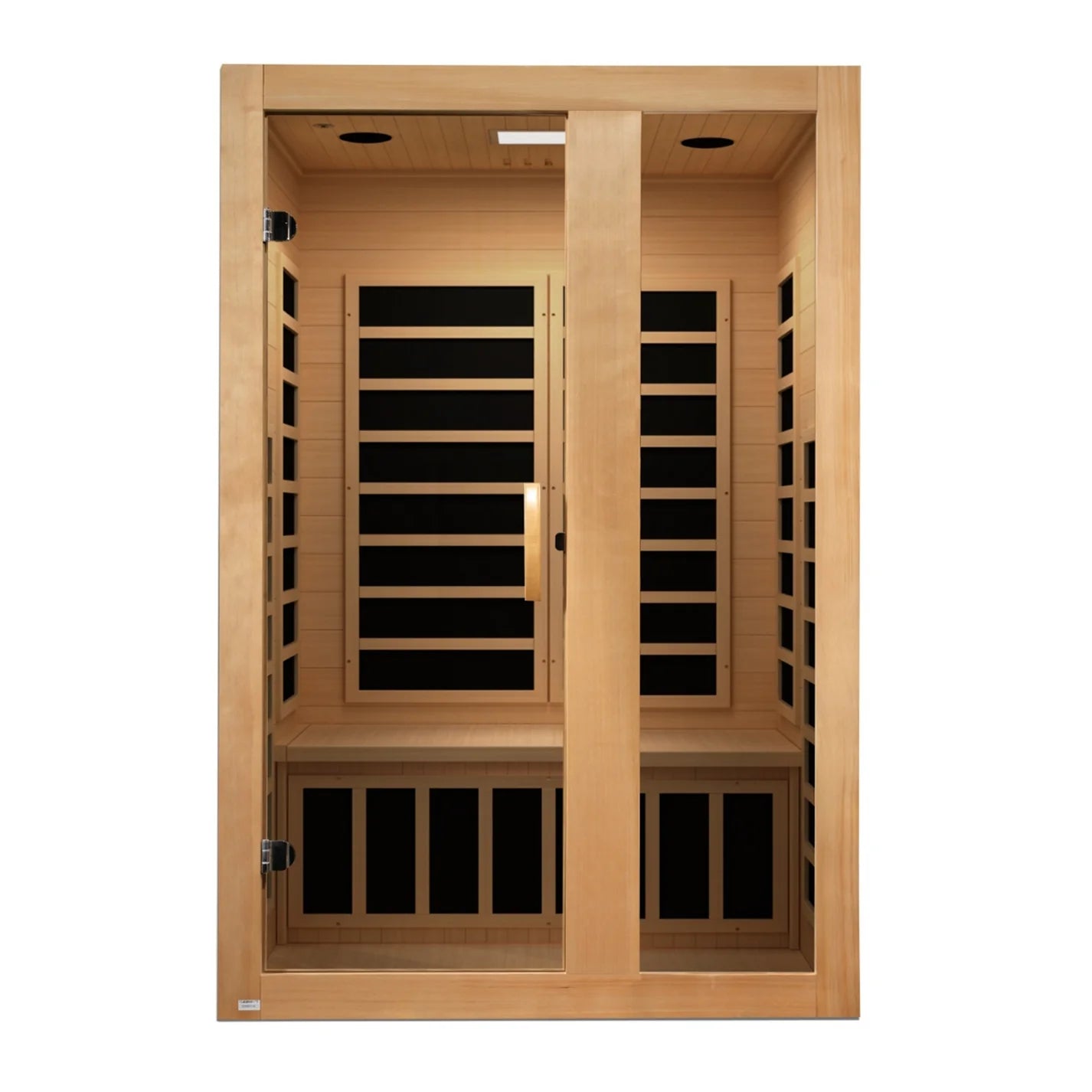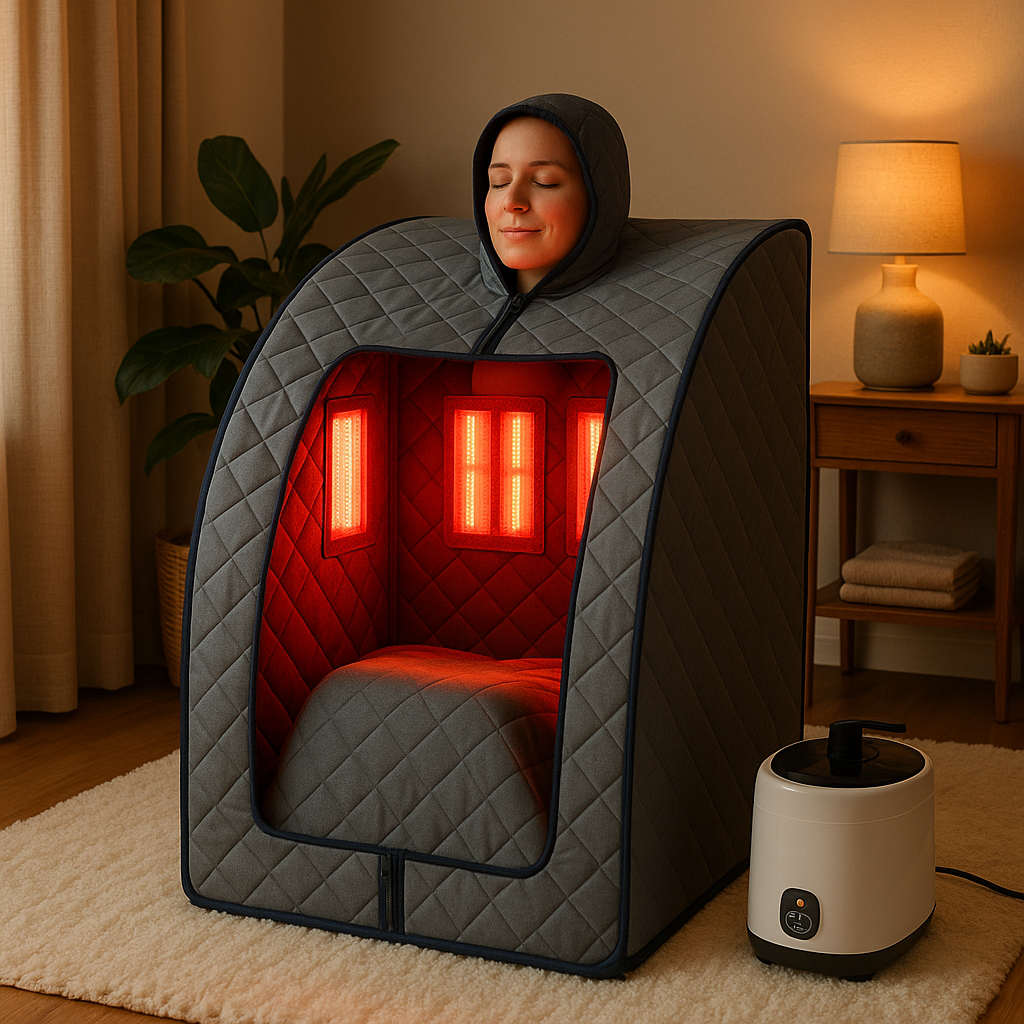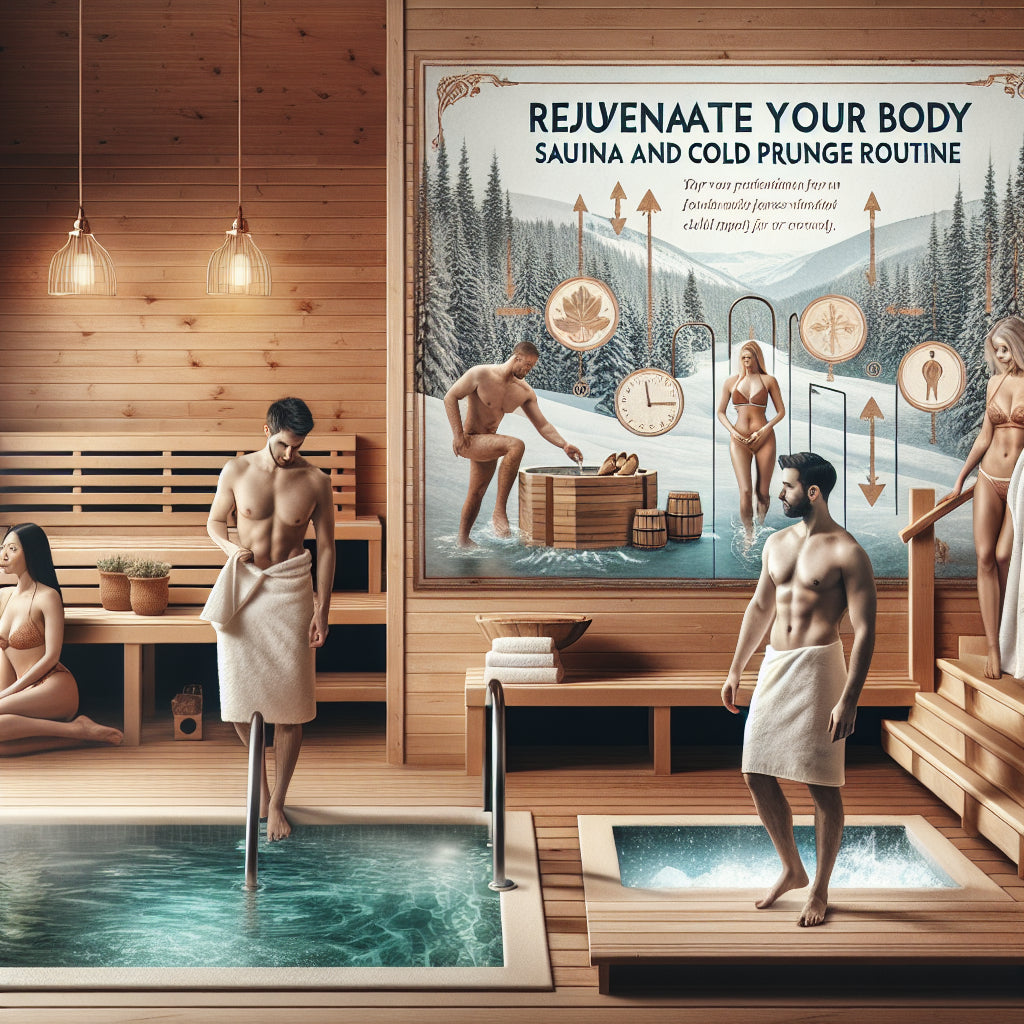
5 Easy Techniques to Quickly Alleviate Panic Attacks
Panic attacks can strike unexpectedly, often leaving individuals feeling helpless and overwhelmed. Understanding how to manage these sudden episodes is crucial for regaining control and reducing their frequency. In this article, we will delve into five effective techniques that can help alleviate panic attacks within seconds, combining scientific evidence with practical advice.
What Causes Panic Attacks?
Panic attacks are intense episodes of fear characterized by rapid heartbeat, sweating, trembling, shortness of breath, and a sensation of impending doom. According to the National Institute of Mental Health, approximately 2-3% of adults in the U.S. experience panic disorder at some point in their lives. Understanding the triggers—ranging from stressful life events to genetic predispositions—can aid in developing effective coping strategies.
How Can Breathing Techniques Help?
One of the most effective 5-second tricks to stop a panic attack is controlled breathing. During a panic attack, your body goes into "fight or flight" mode, increasing your heart rate and shallow breathing. Controlled breathing can counteract these symptoms. Here’s a simple technique:
- Find a comfortable position.
- Breathe in slowly through your nose for a count of four.
- Hold your breath for a count of four.
- Exhale slowly through your mouth for a count of four.
- Repeat until you feel calmer.
Research published in the Journal of Psychology indicates that focused breathing can significantly reduce anxiety levels during panic attacks.
Can Grounding Techniques Help You Reconnect to Reality?
Grounding techniques are designed to help you reconnect with the present moment. When panic sets in, individuals often feel disconnected from reality. A popular method, known as the 5-4-3-2-1 technique, involves engaging your senses:
- Identify 5 things you can see.
- Identify 4 things you can touch.
- Identify 3 things you can hear.
- Identify 2 things you can smell.
- Identify 1 thing you can taste.
This technique effectively distracts the mind from the panic and brings focus back to the immediate environment. A study from the American Psychological Association supports the effectiveness of grounding techniques in reducing anxiety symptoms.
How Can Visualization Techniques Assist You?
Visualization is a powerful tool that can provide immediate relief during a panic attack. By creating a mental image of a peaceful place, you can redirect your thoughts away from panic. Here’s how to do it:
- Close your eyes and take a deep breath.
- Picture a serene location—perhaps a beach, forest, or quiet room.
- Engage all your senses in this visualization: what do you see, hear, and feel?
Research published in the International Journal of Stress Management has shown that visualization techniques can significantly reduce stress and anxiety levels.
Can Physical Movements Help Redirect Energy?
Physical movement can help redirect the energy associated with panic. Engaging in simple movements can alleviate the tension built up in your body. Here are two quick movements you can try:
- Shake your hands and limbs gently. This helps release pent-up energy.
- Do a quick stretch, reaching your arms above your head. This opens up your chest and promotes better breathing.
According to a study in the Journal of Clinical Psychology, physical activity can provide immediate relief from anxiety symptoms, making it an effective tool during panic attacks.
What Role Does Positive Self-Talk Play?
Engaging in positive self-talk is essential for combating negative thoughts during a panic attack. Remind yourself that the panic will pass and that you are safe. Consider these affirmations:
- "I am in control of my emotions."
- "This feeling is temporary."
- "I can manage this situation."
Research by the American Psychological Association suggests that positive self-talk can significantly reduce anxiety and improve coping strategies.
If you or someone you know struggles with panic attacks, remember that these techniques can be powerful tools in your arsenal. Regular practice will enhance their effectiveness when you need them the most. For further support, consider exploring wellness solutions such as saunas, cold plunges, or massage chairs to complement your mental health strategies.
FAQs
What should I do if a panic attack occurs?
Focus on controlled breathing, use grounding techniques, and remind yourself that the panic will pass.
How long do panic attacks last?
Panic attacks usually peak within 10 minutes and can last anywhere from a few minutes to over an hour.
Can panic attacks be prevented?
While they can't always be prevented, regular practice of relaxation techniques and physical activity can reduce their frequency.
Is medication necessary for panic attacks?
Not always. Many people manage their panic attacks effectively with lifestyle changes and therapy, but medication may be necessary for some.
What are common triggers for panic attacks?
Common triggers include stress, trauma, and certain medical conditions. Identifying your triggers can help you manage them better.
Can breathing exercises really help during a panic attack?
Yes, controlled breathing can help calm the nervous system and reduce the severity of panic attack symptoms.
What if these techniques don’t work for me?
If these techniques are not effective, it’s important to consult a mental health professional for personalized strategies and support.
By incorporating these techniques into your daily routine, you can empower yourself to face panic attacks head-on. Remember, you are not alone in this journey—support is available, and you can regain control over your mind and body.
